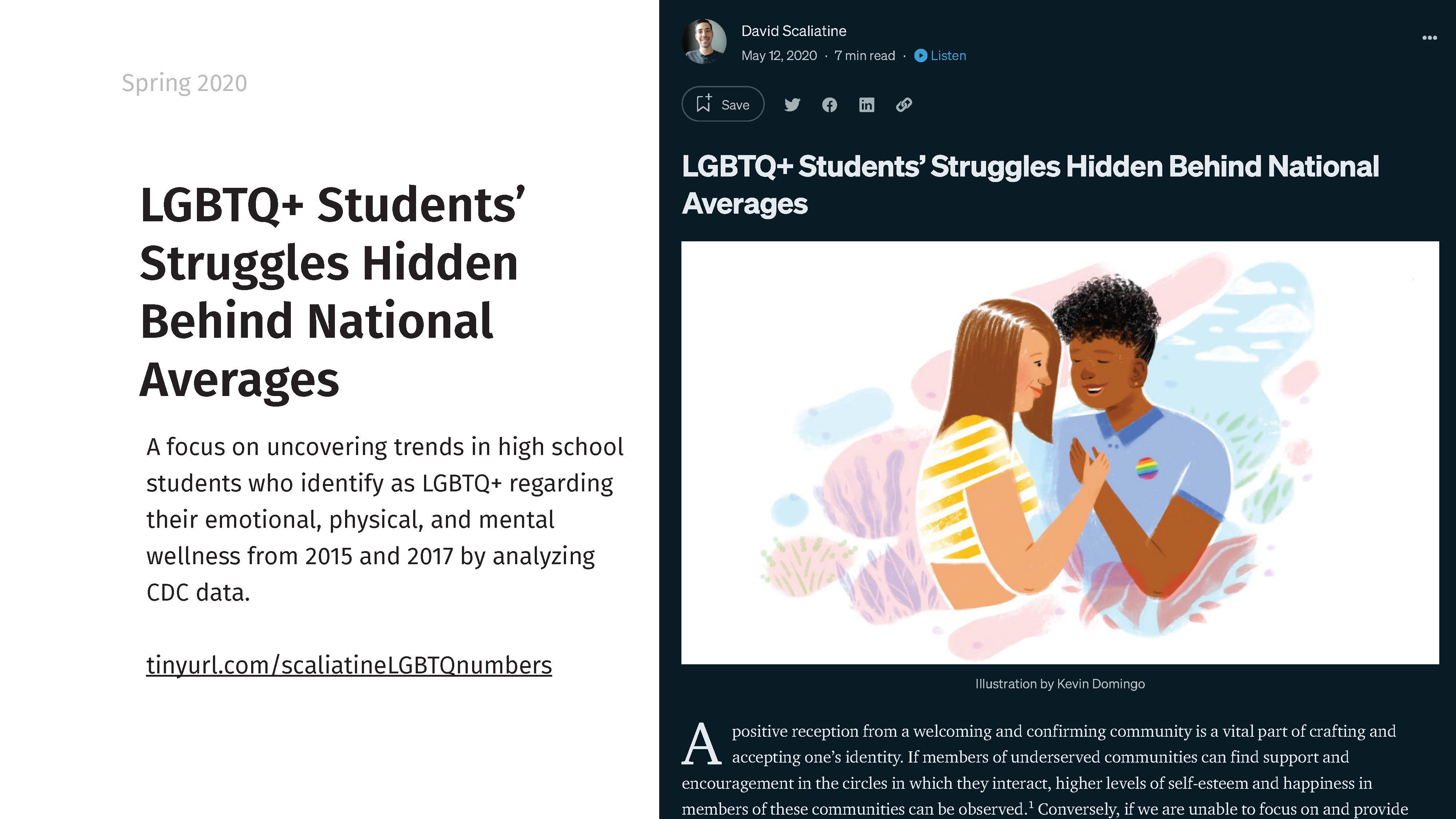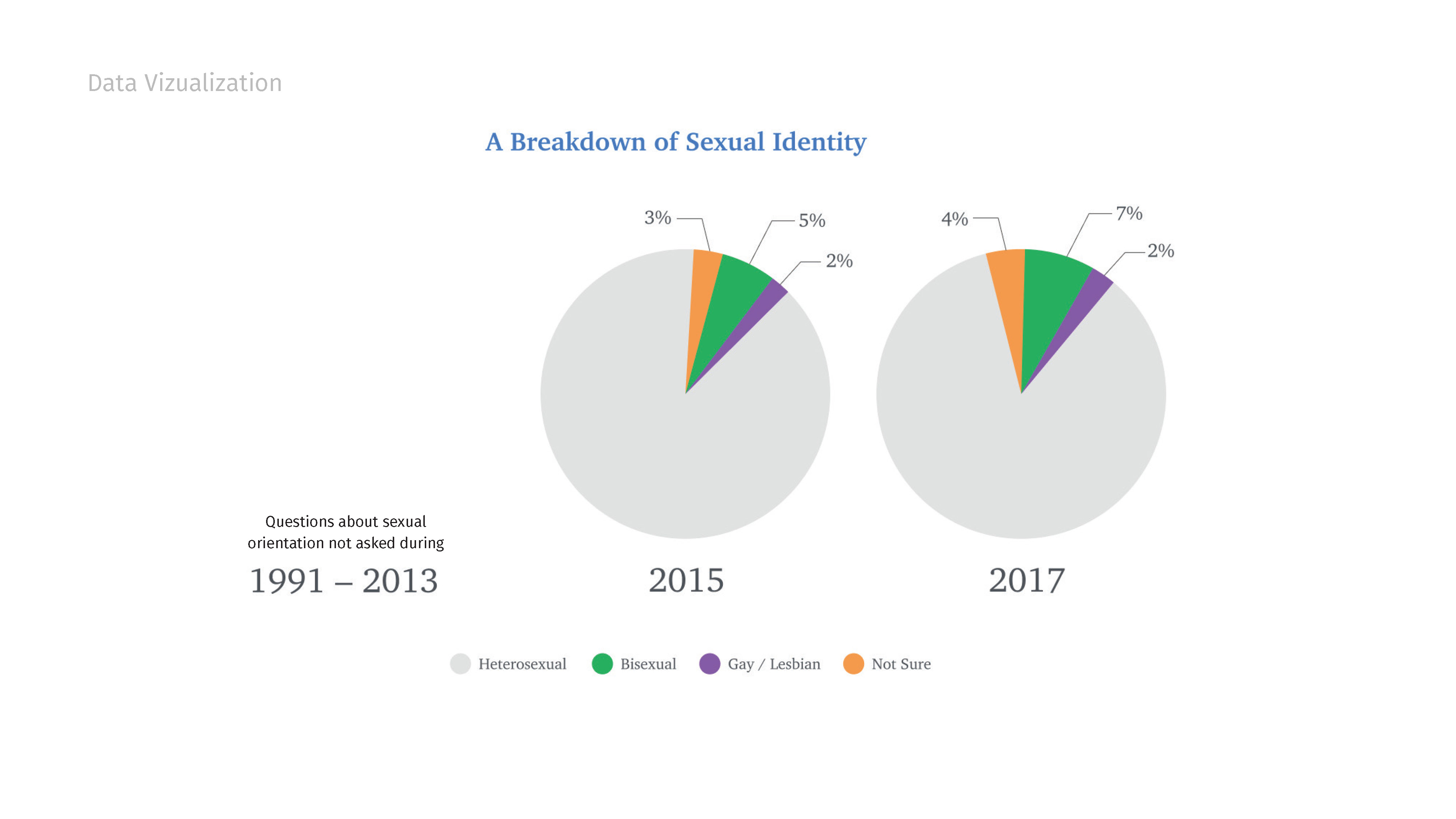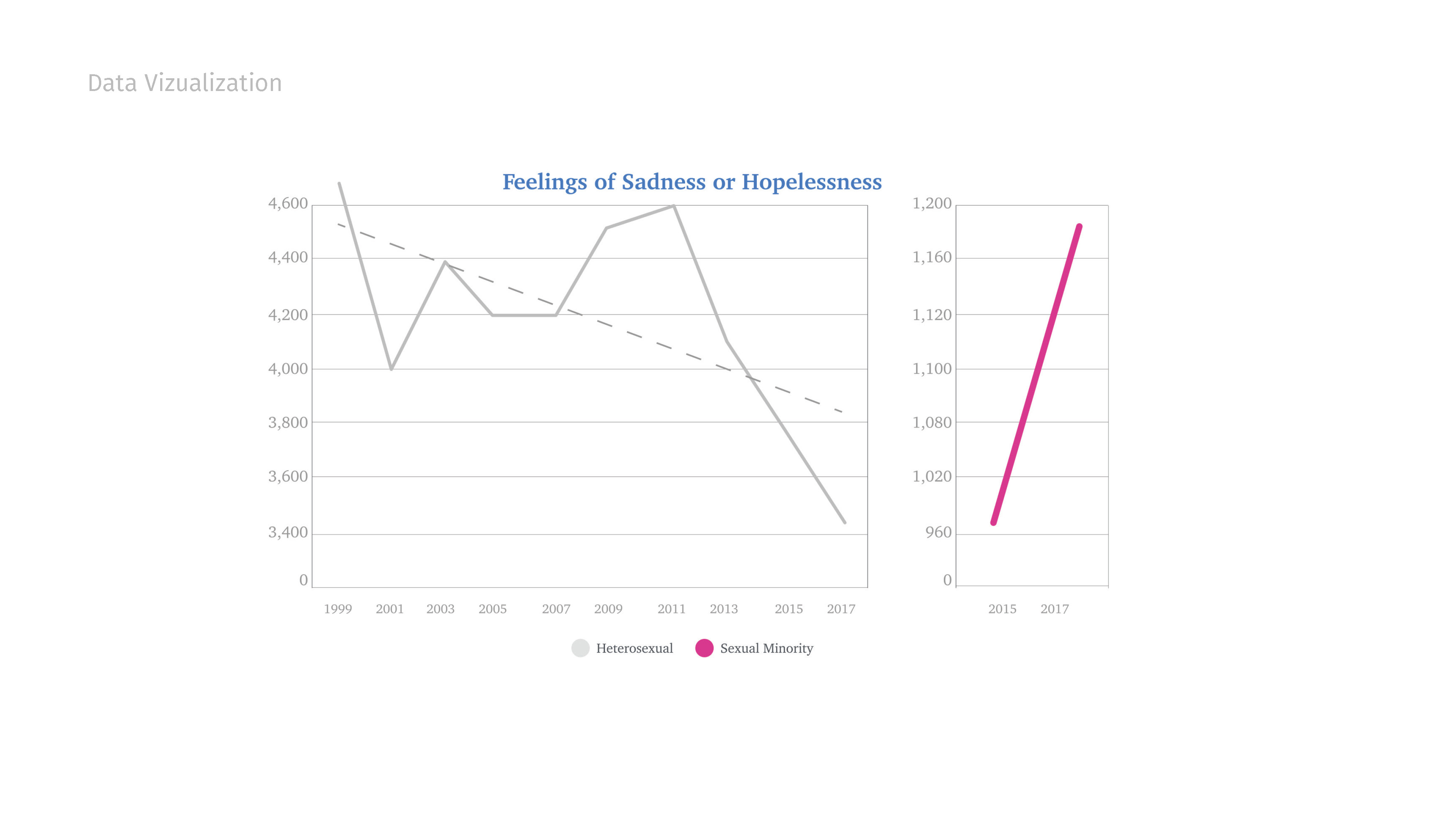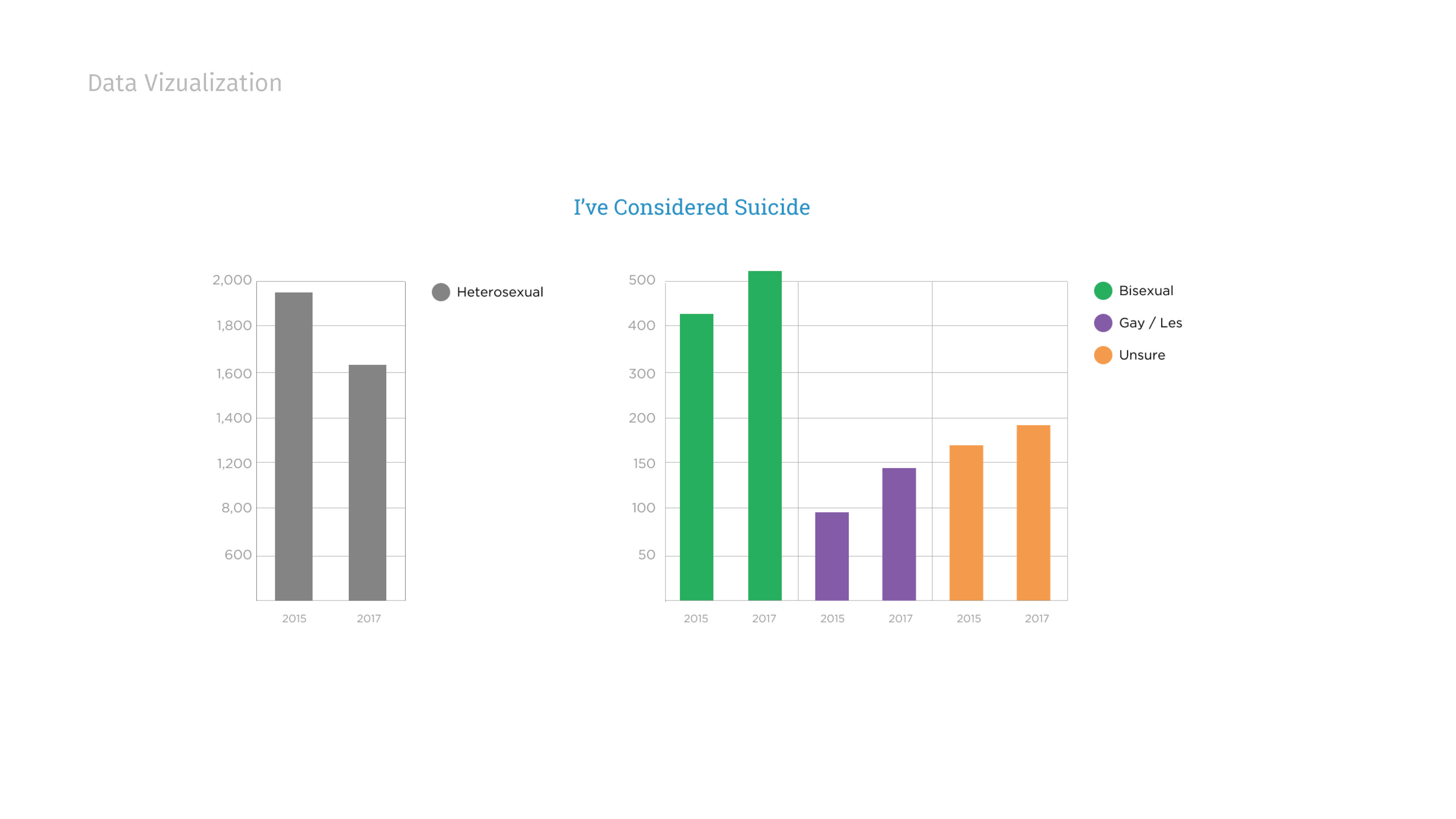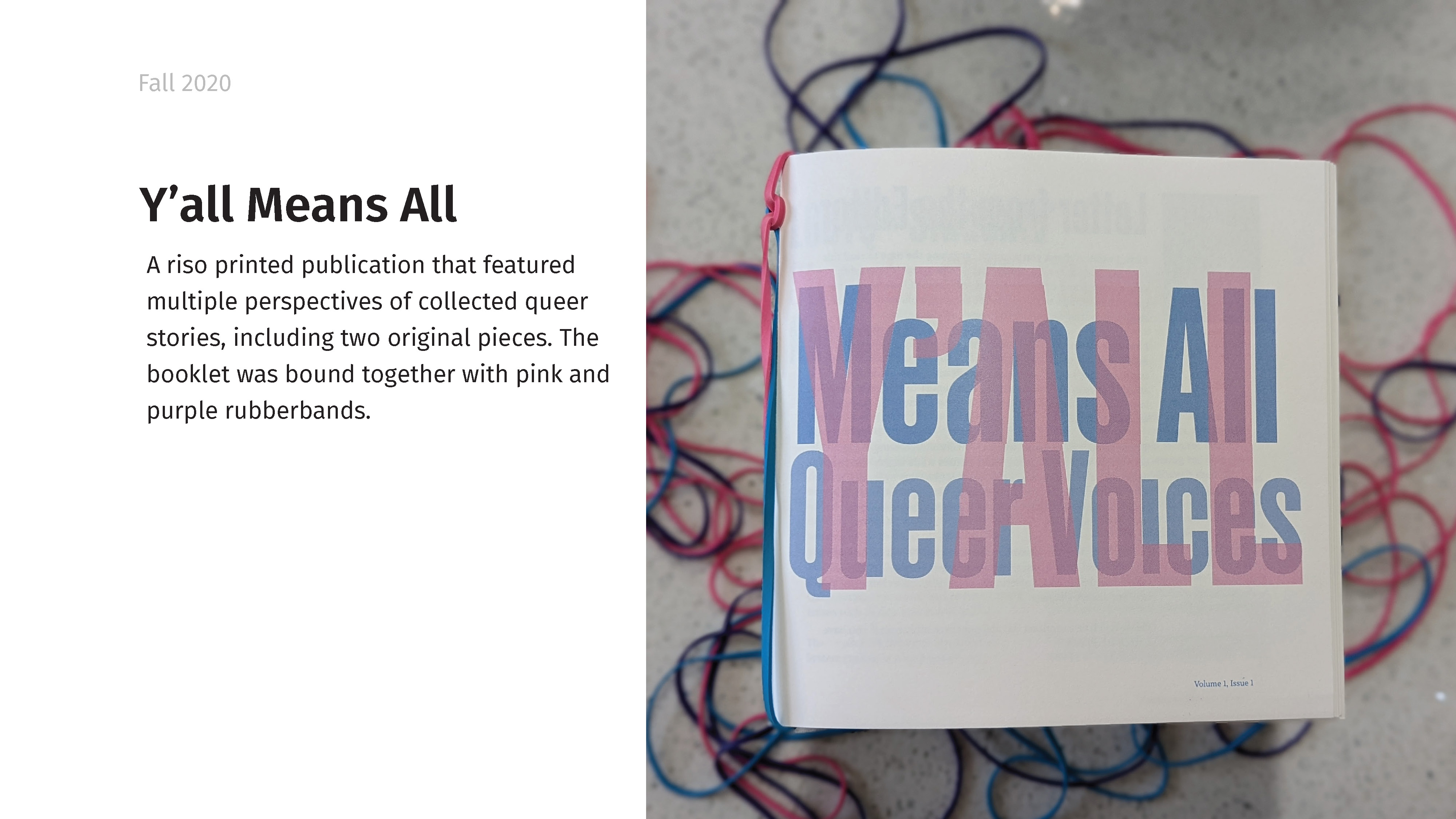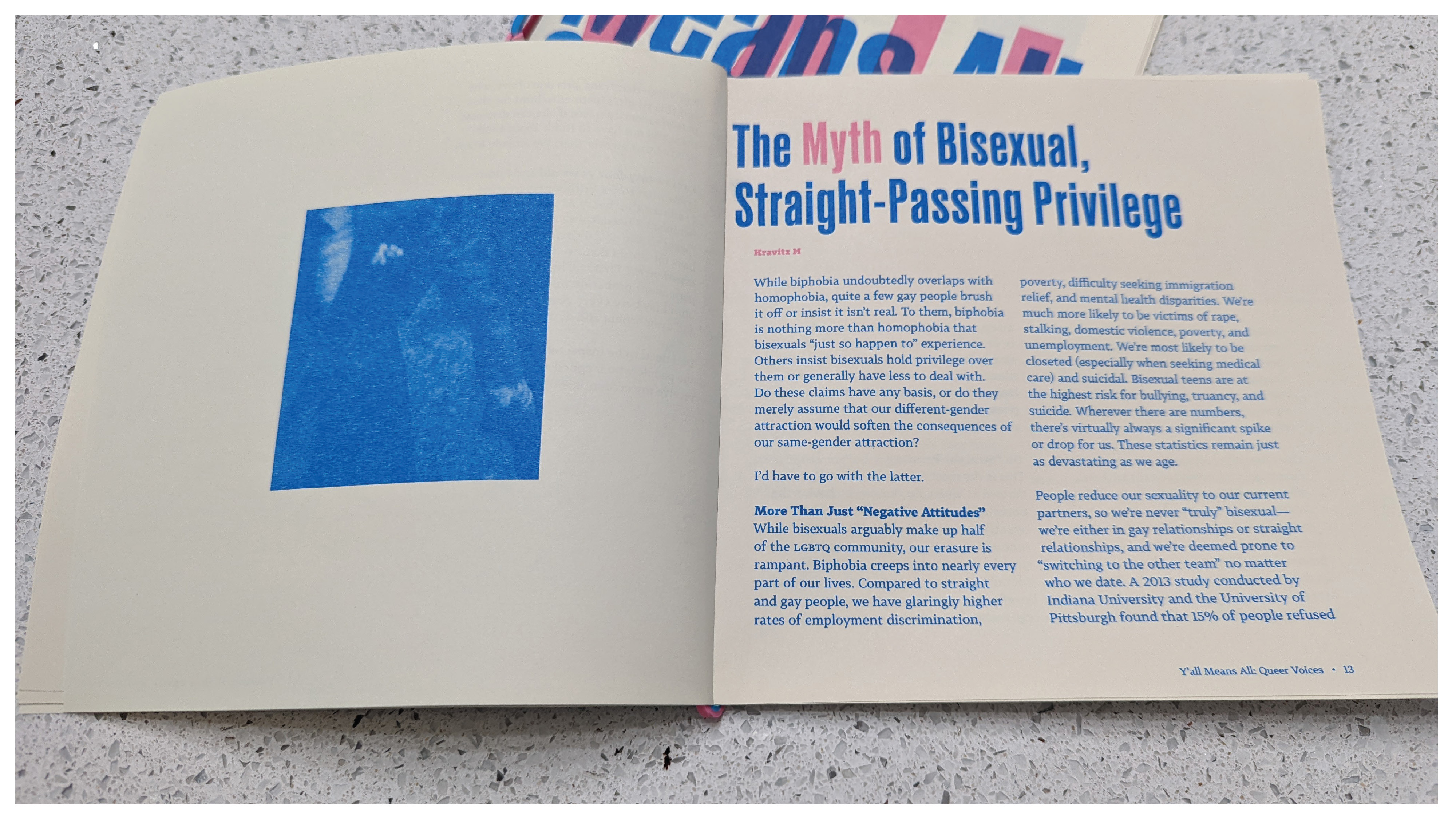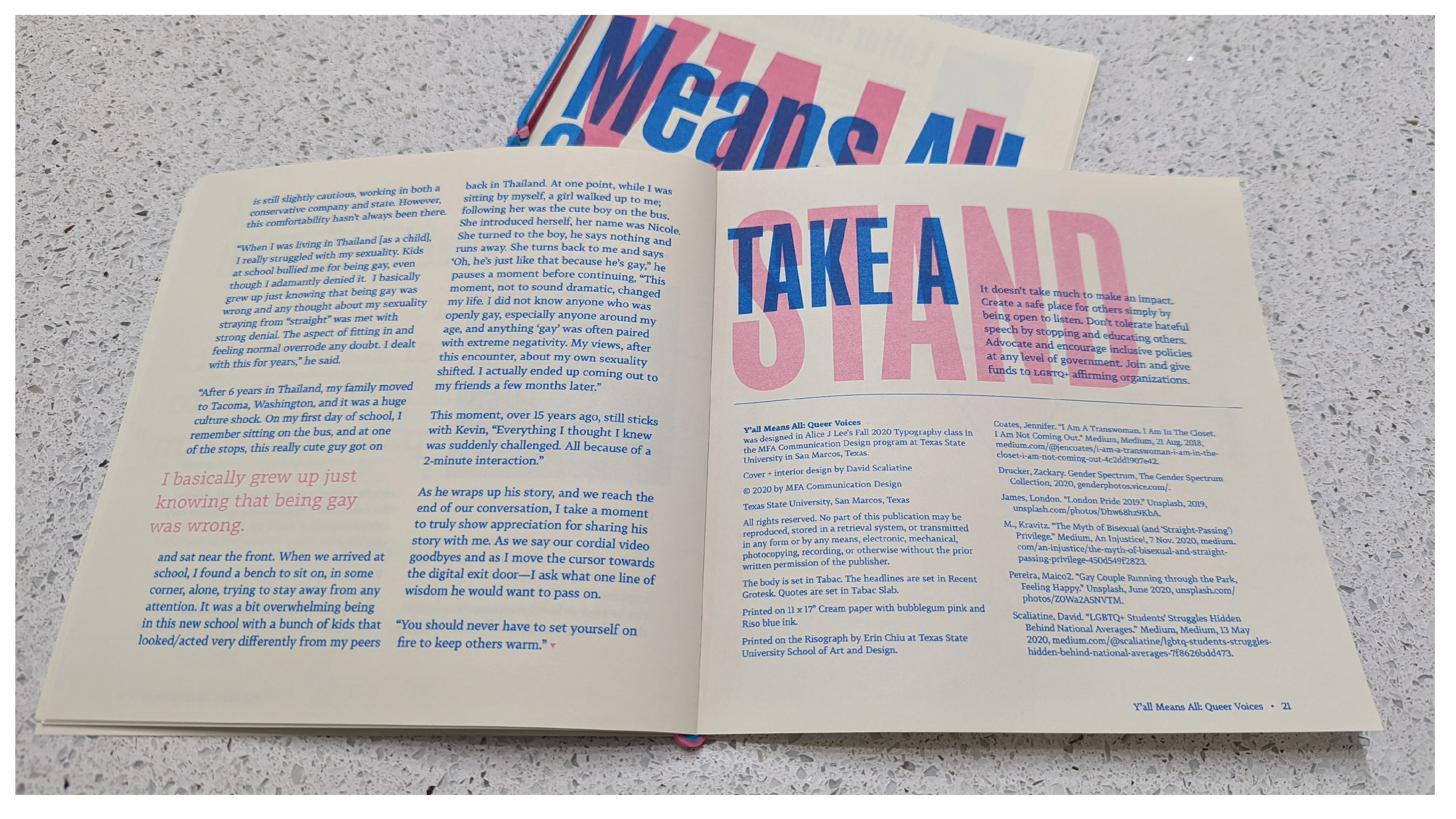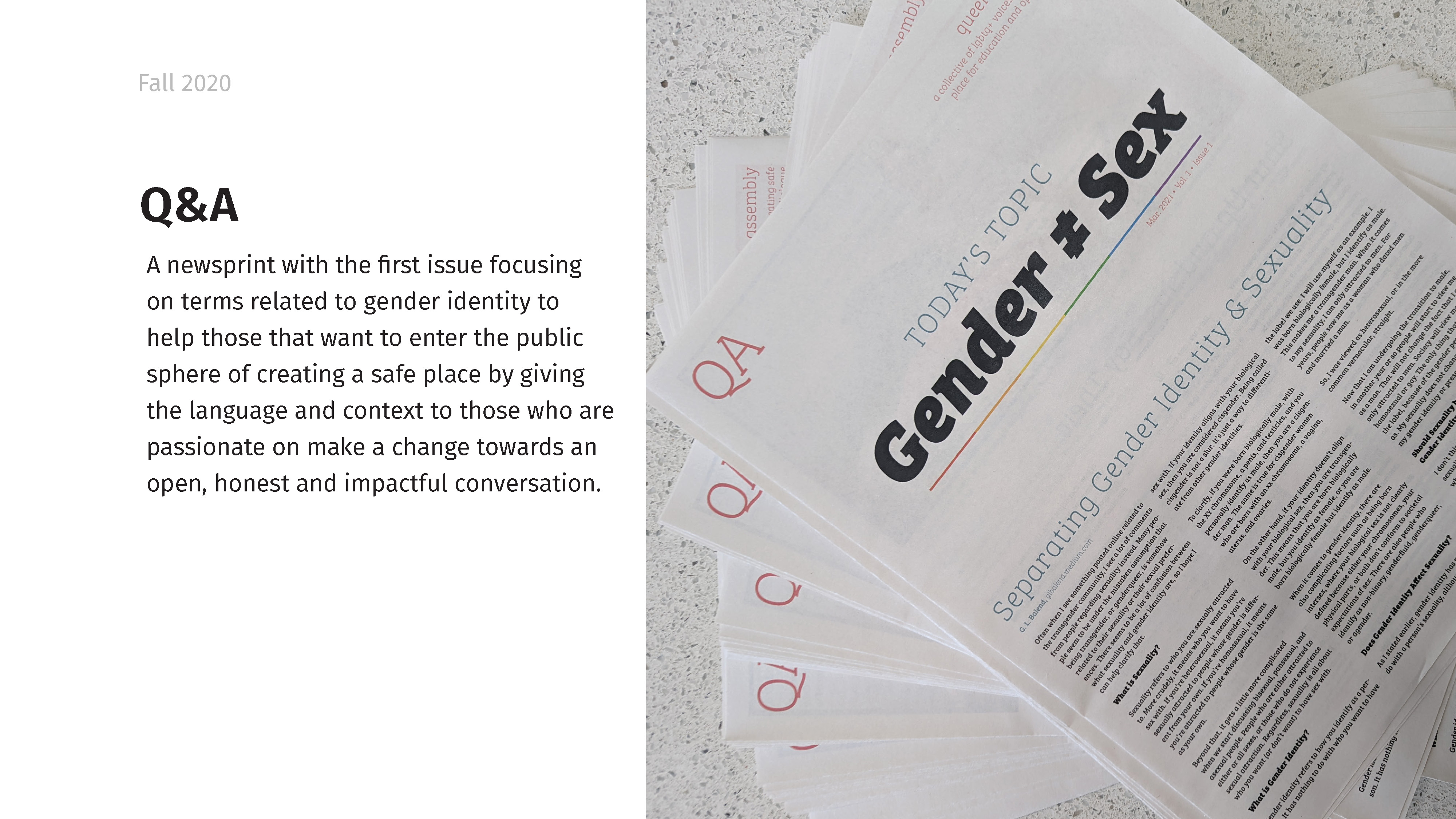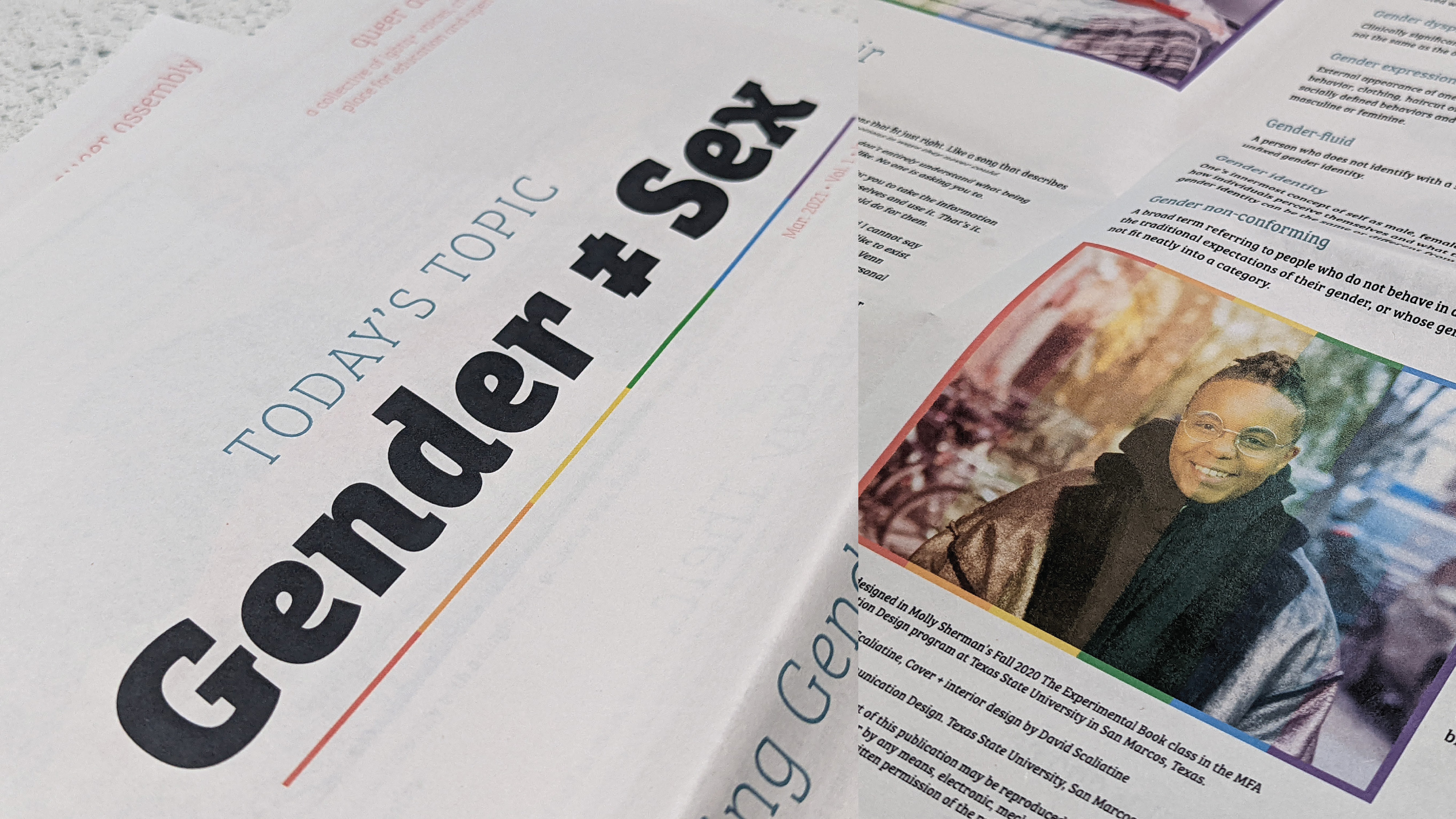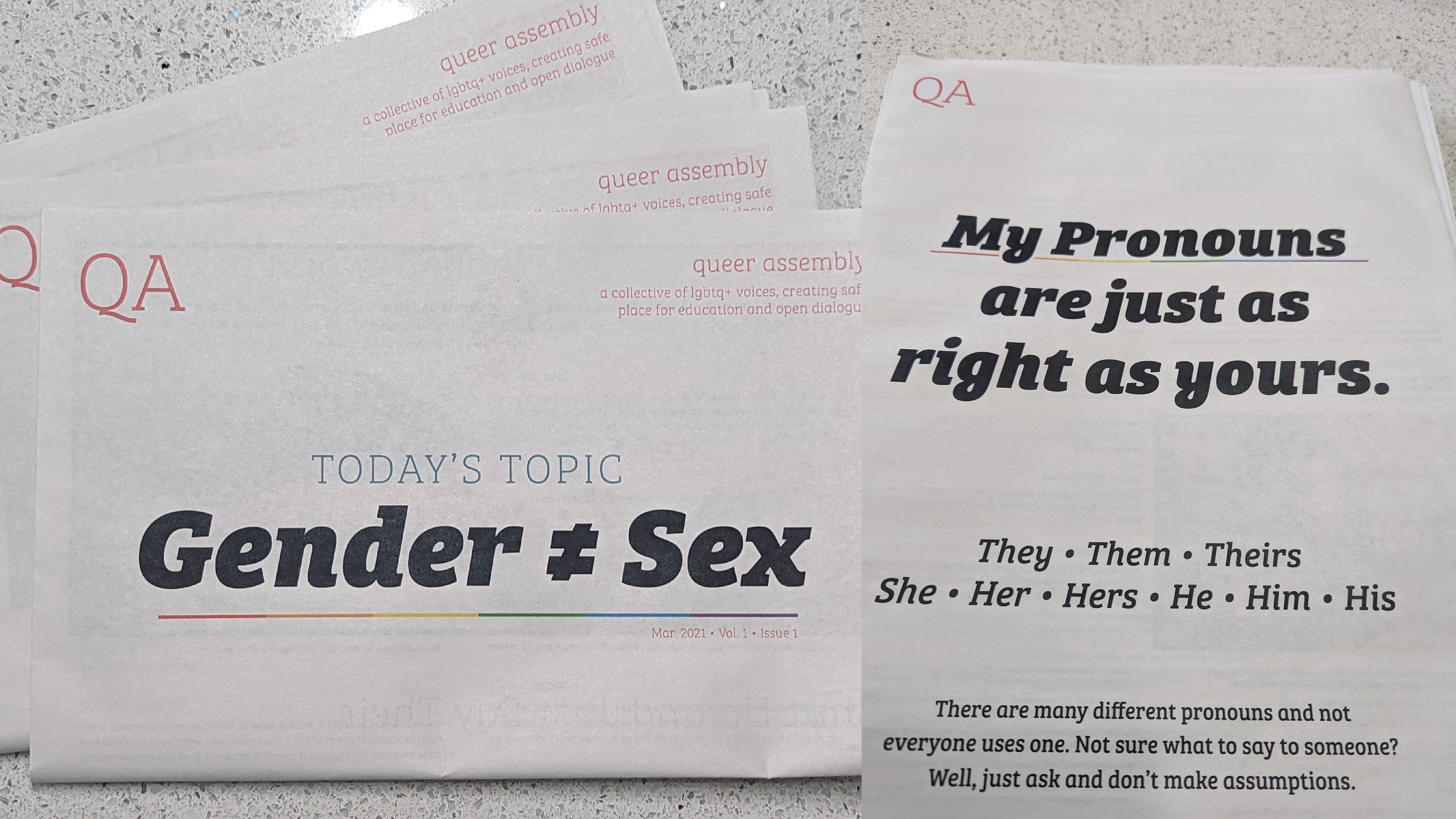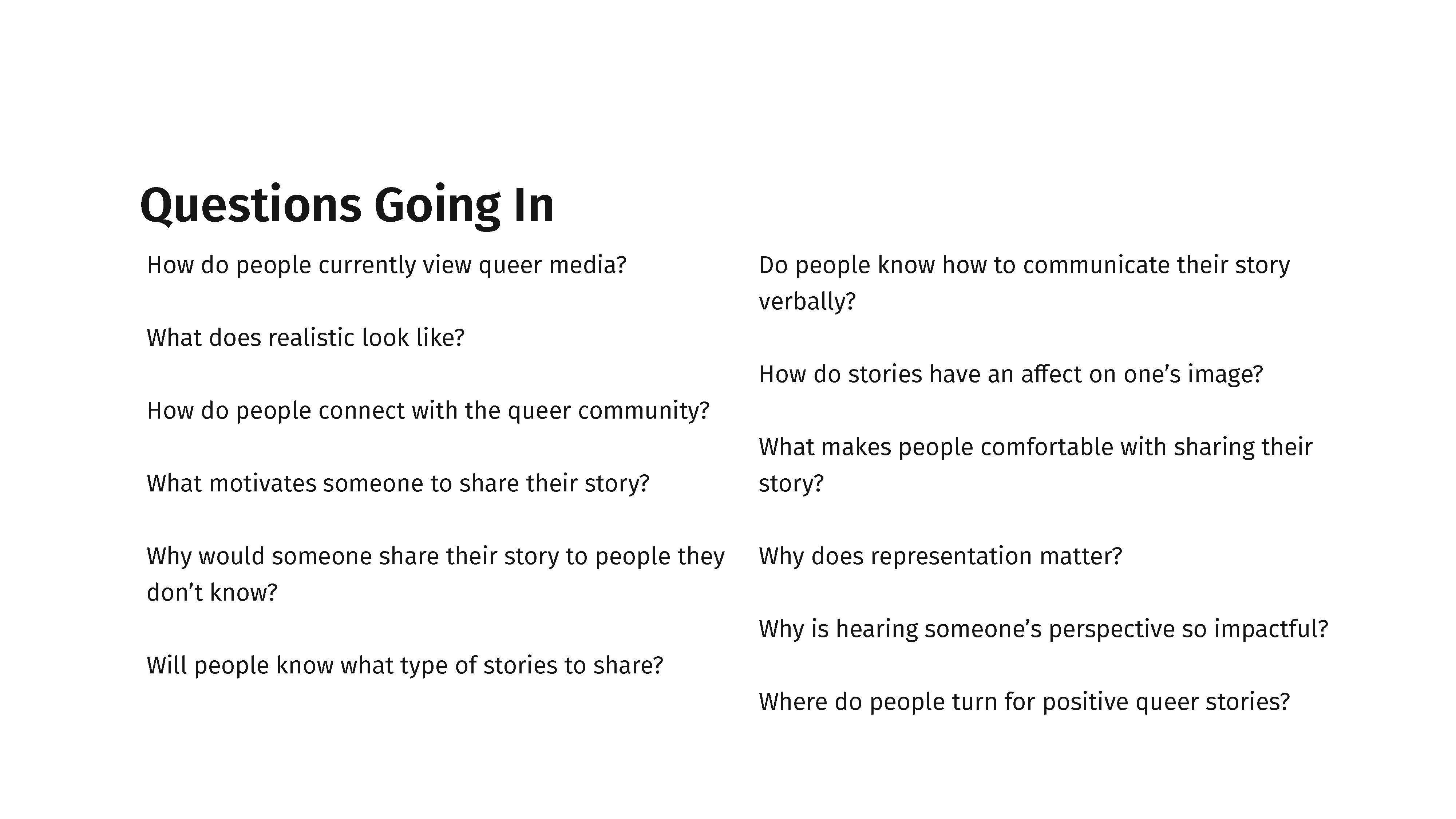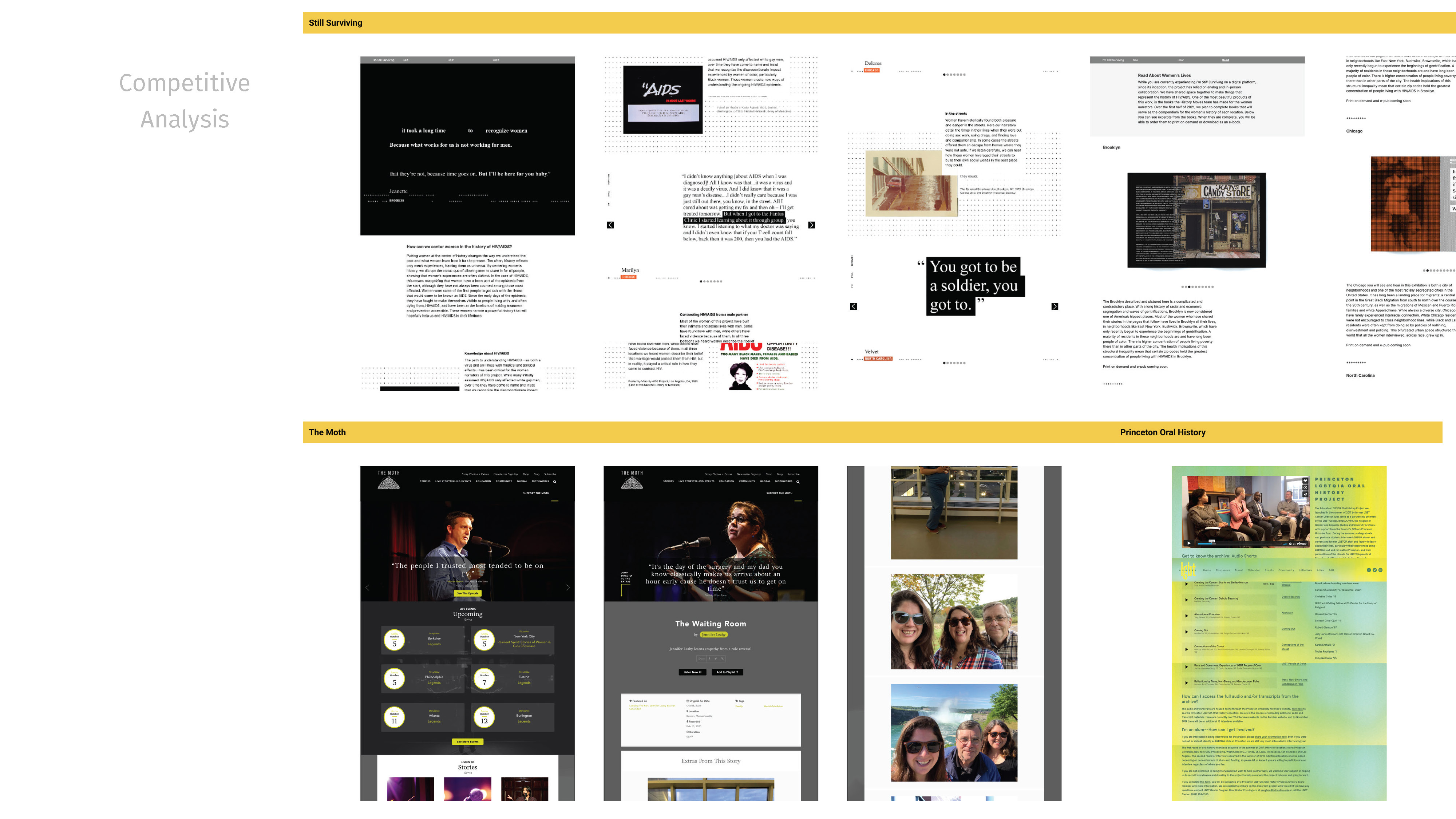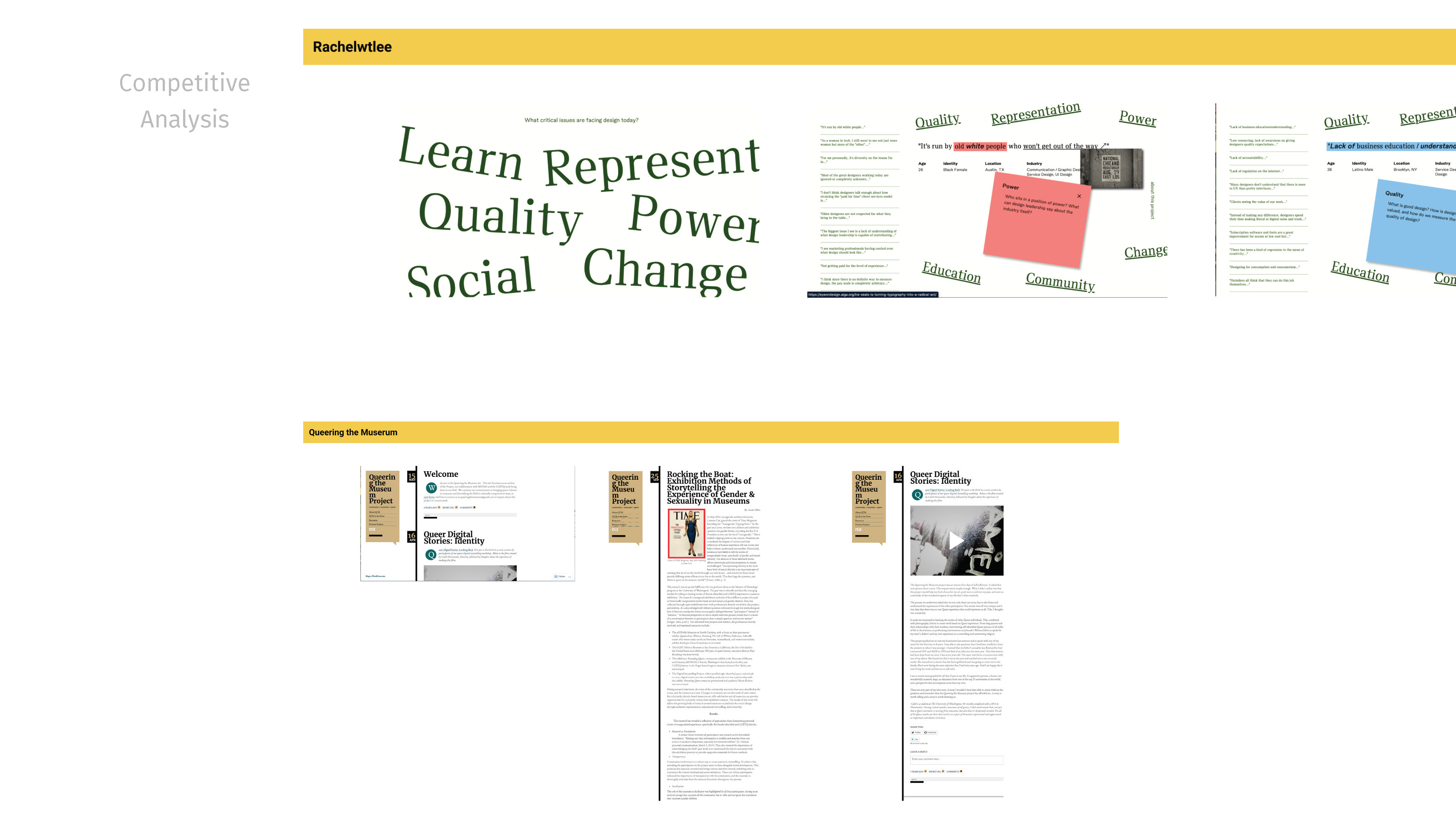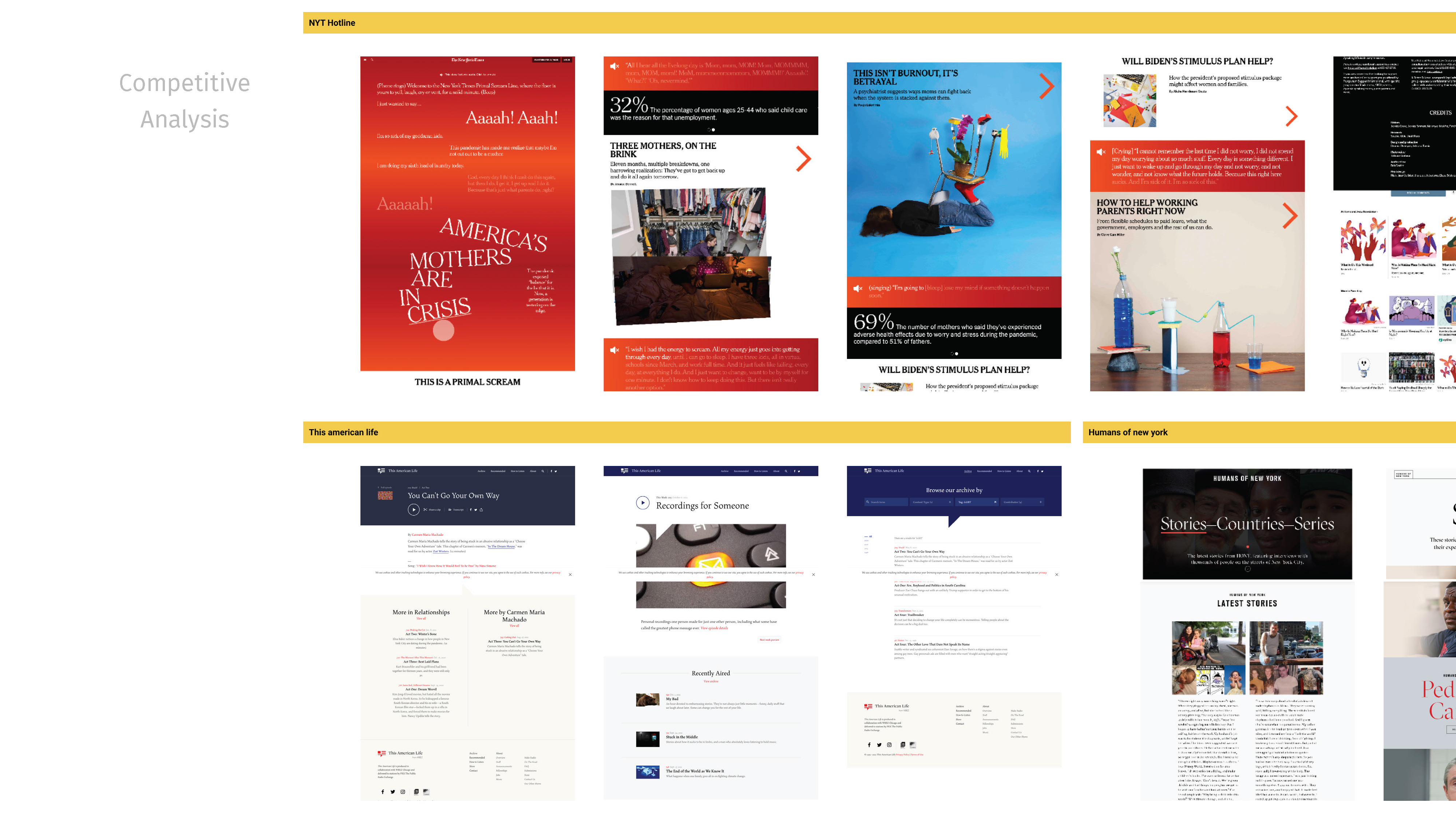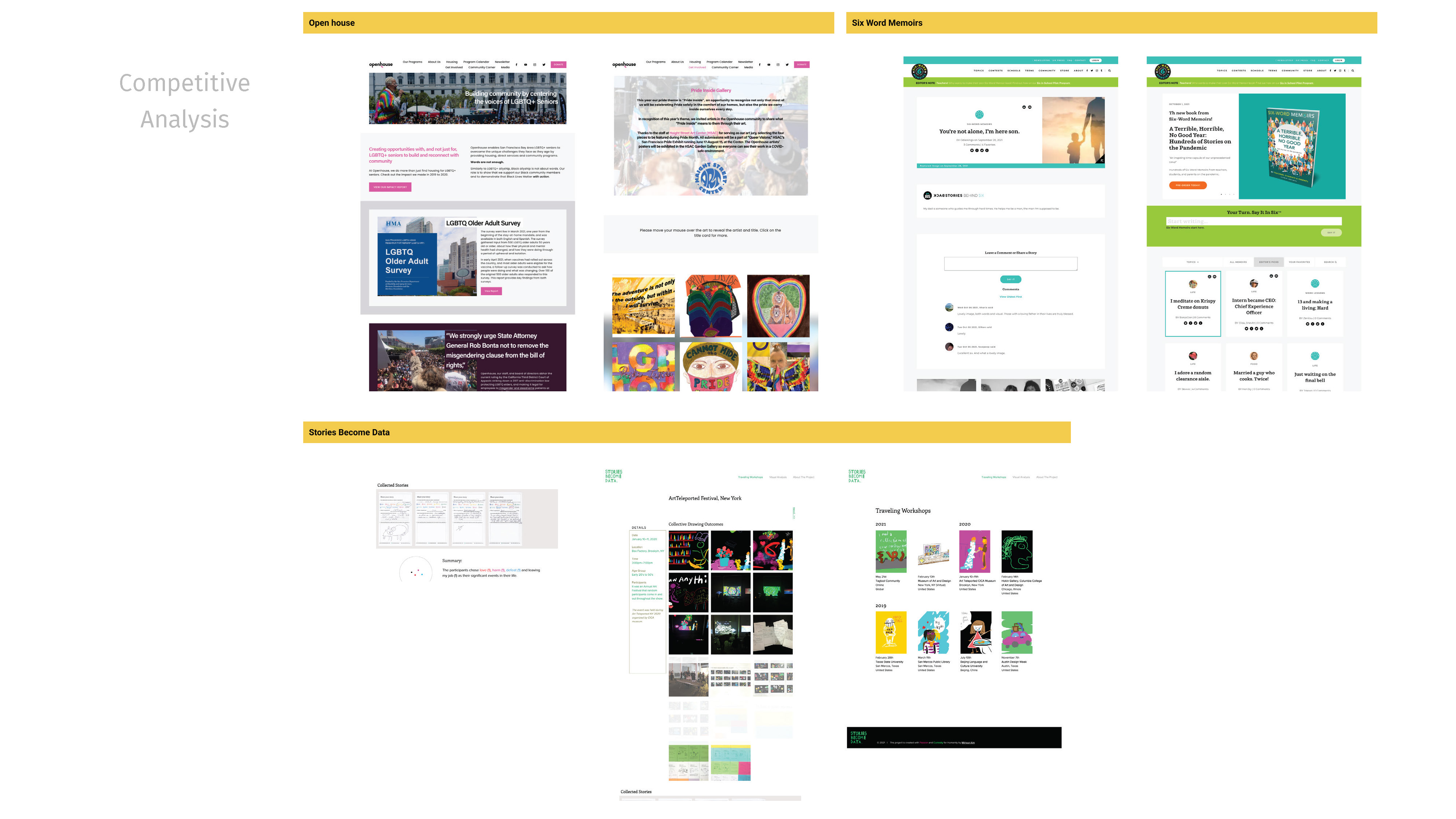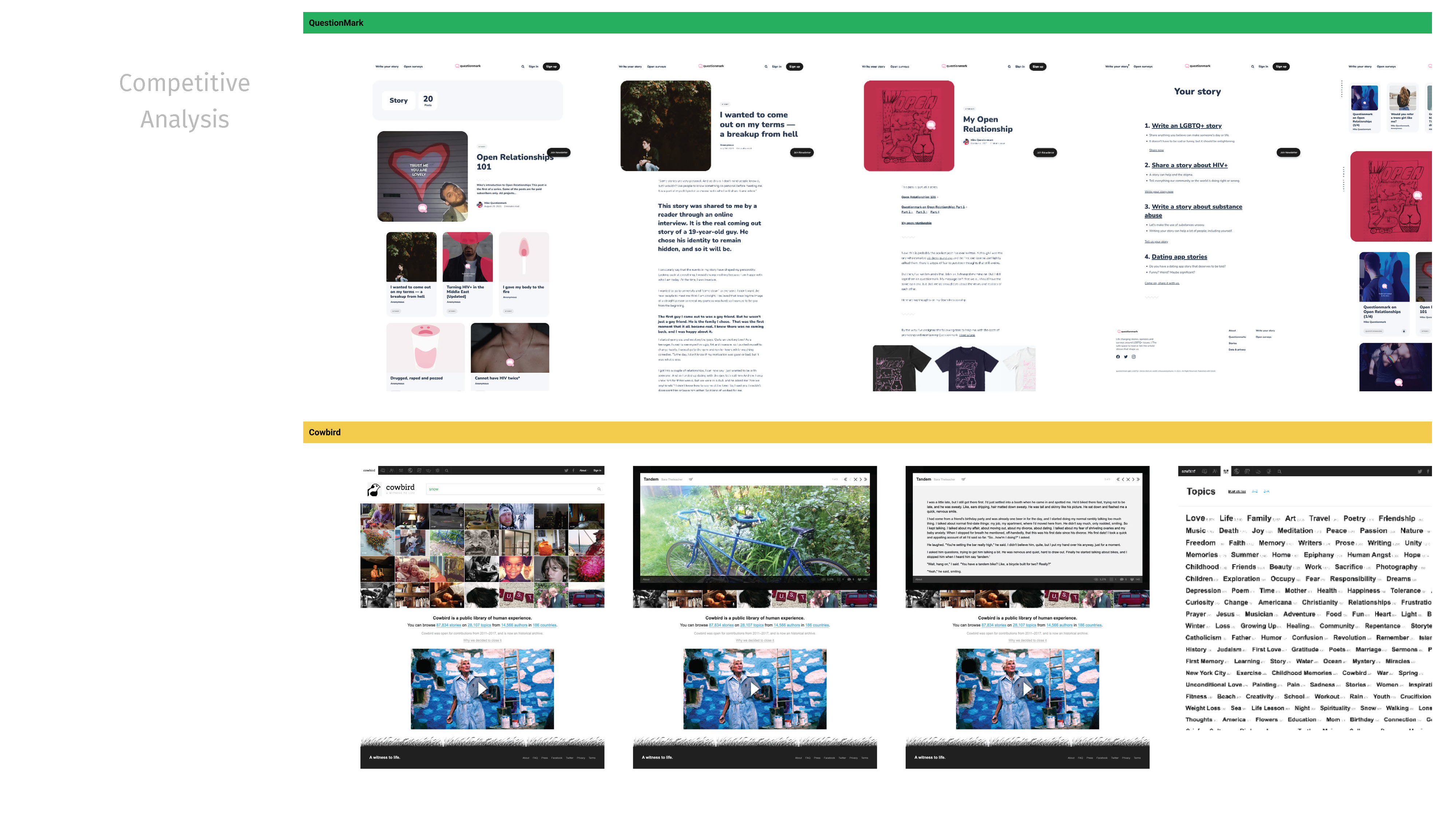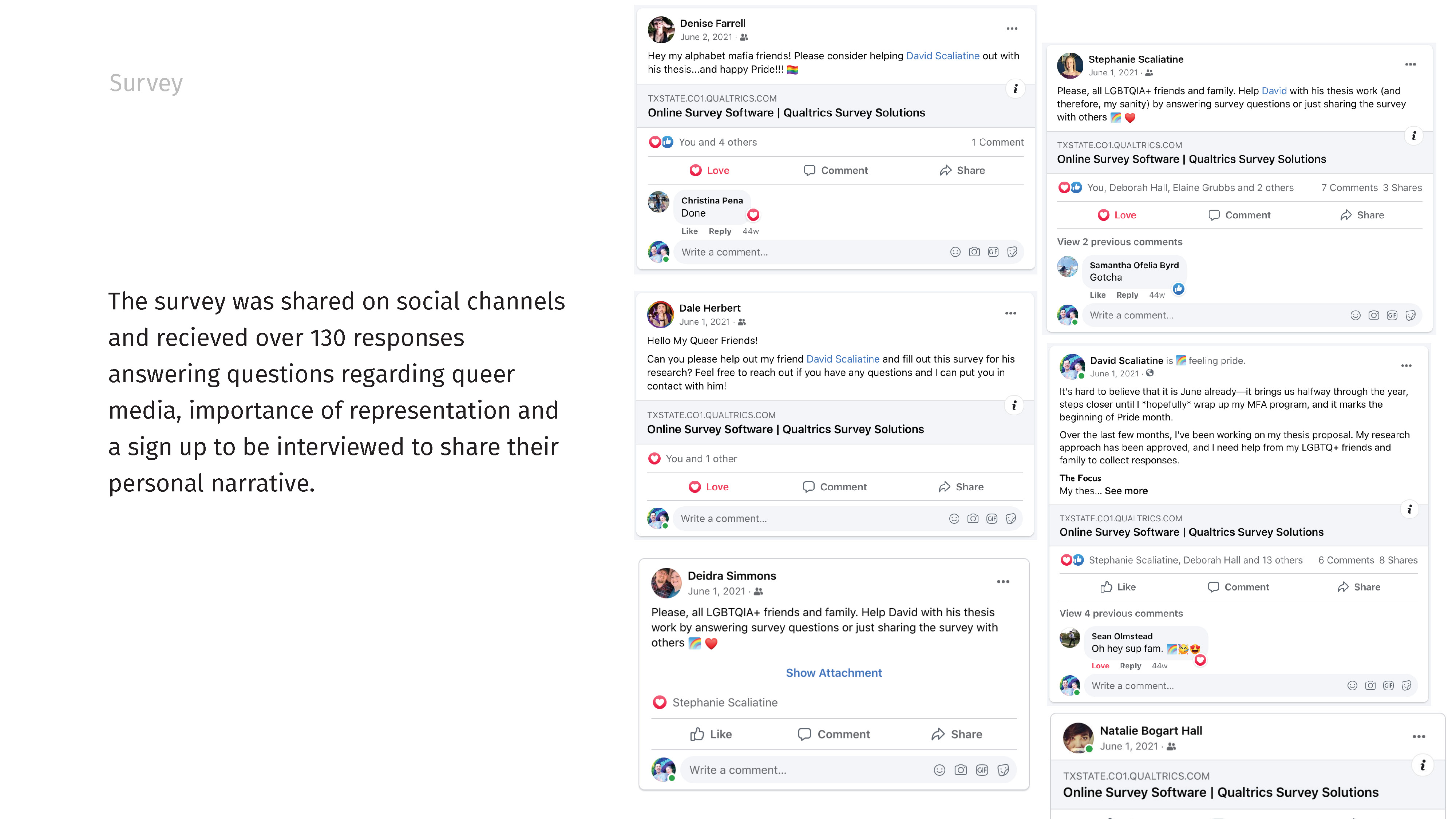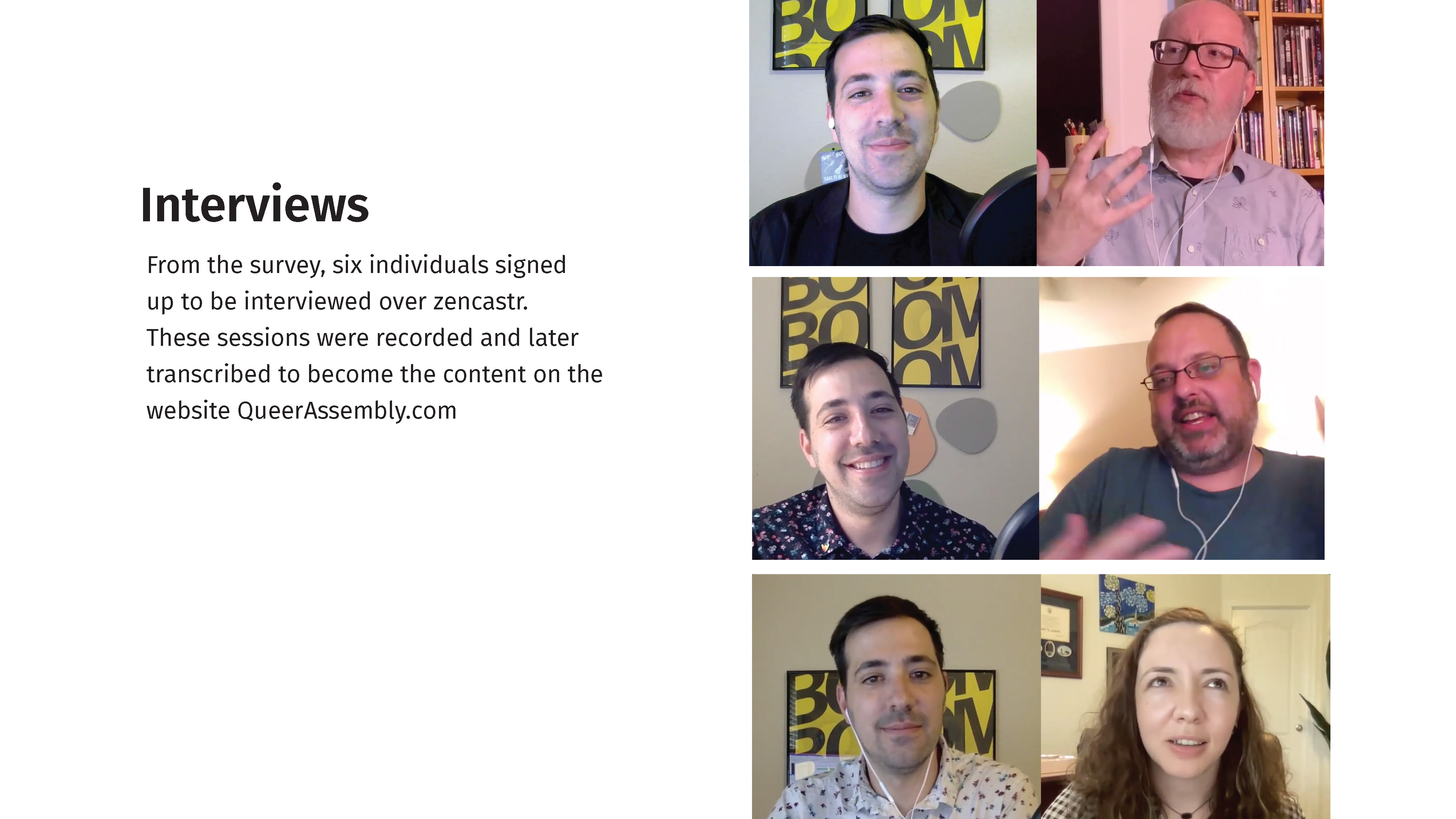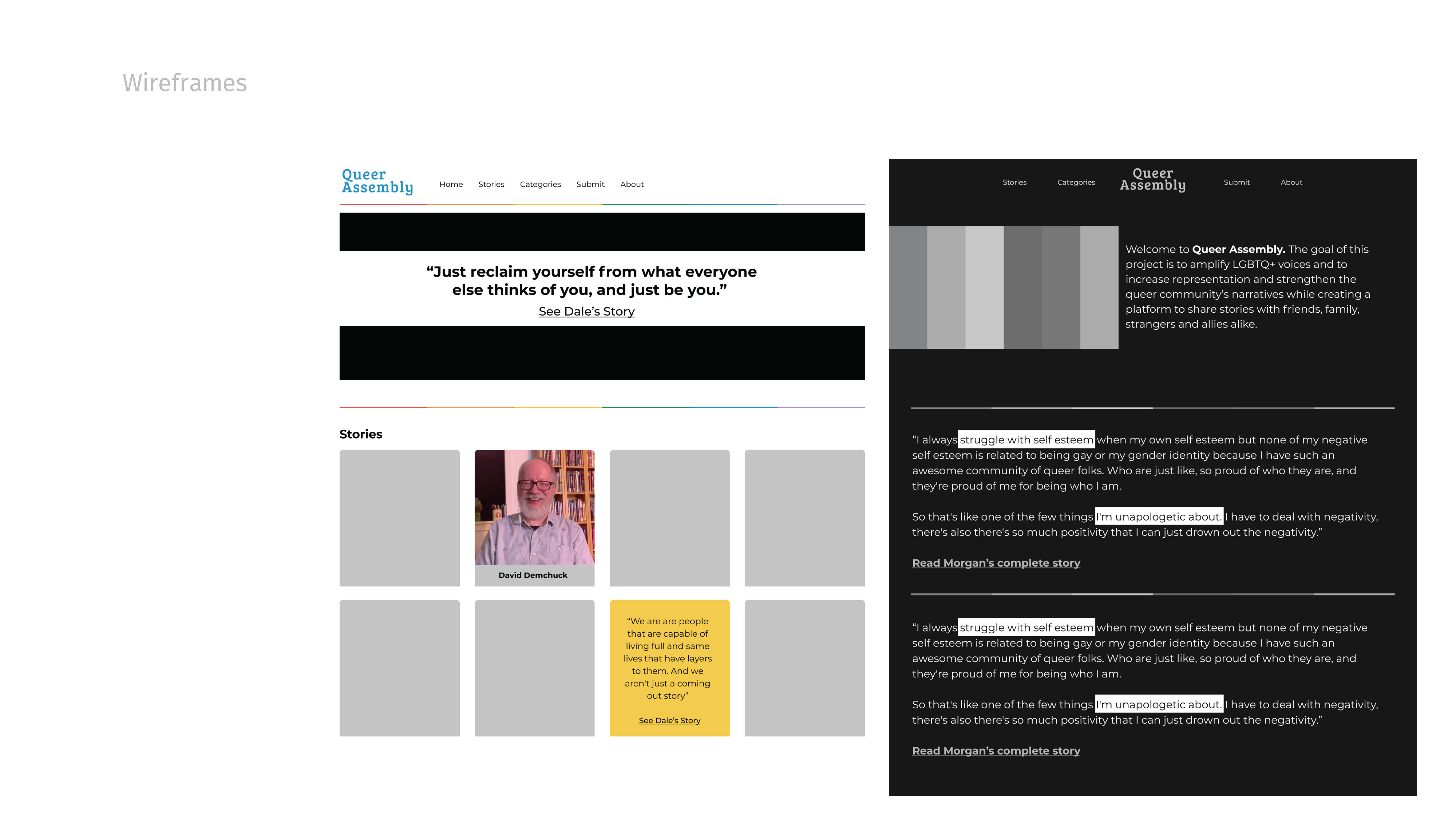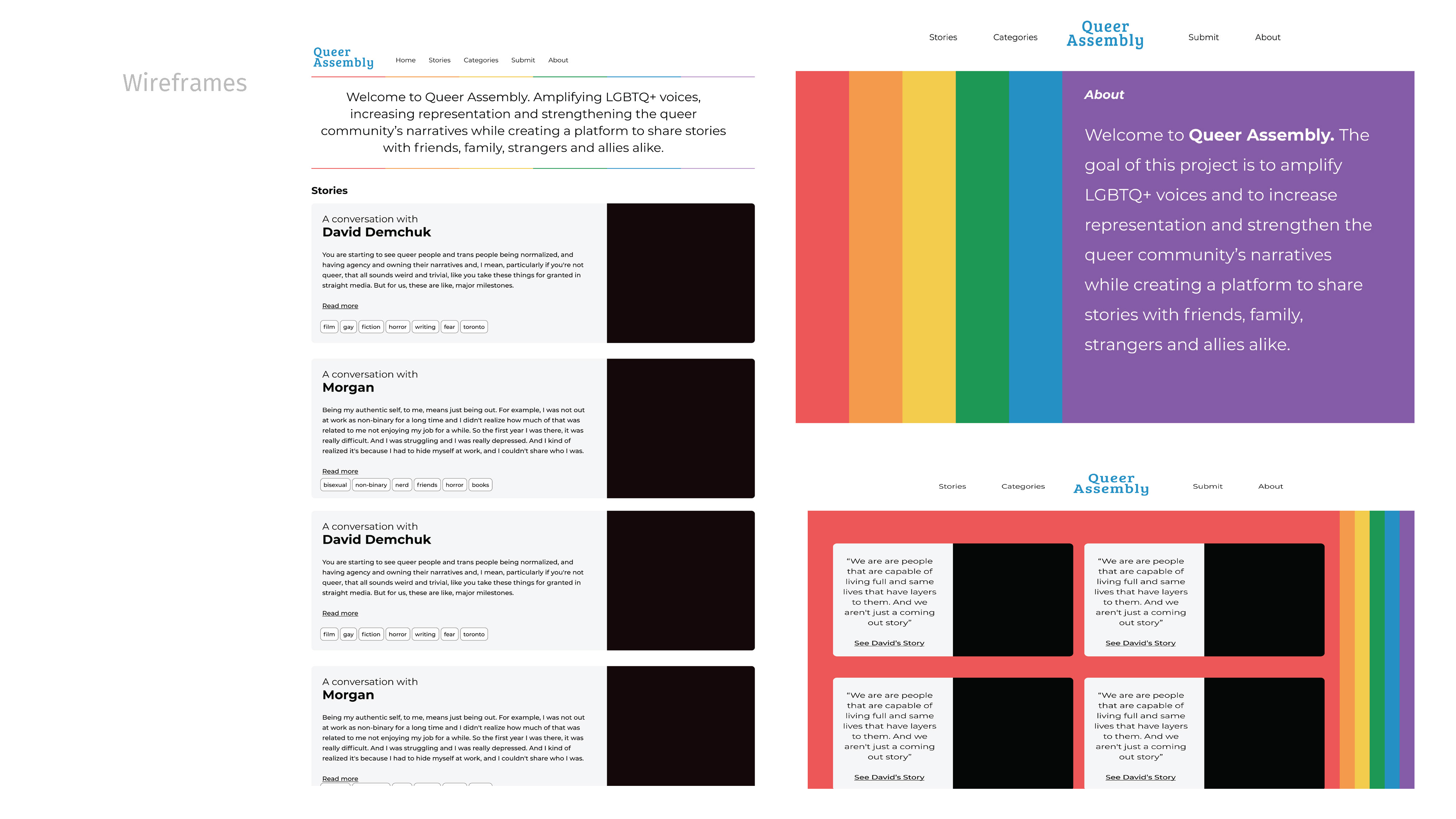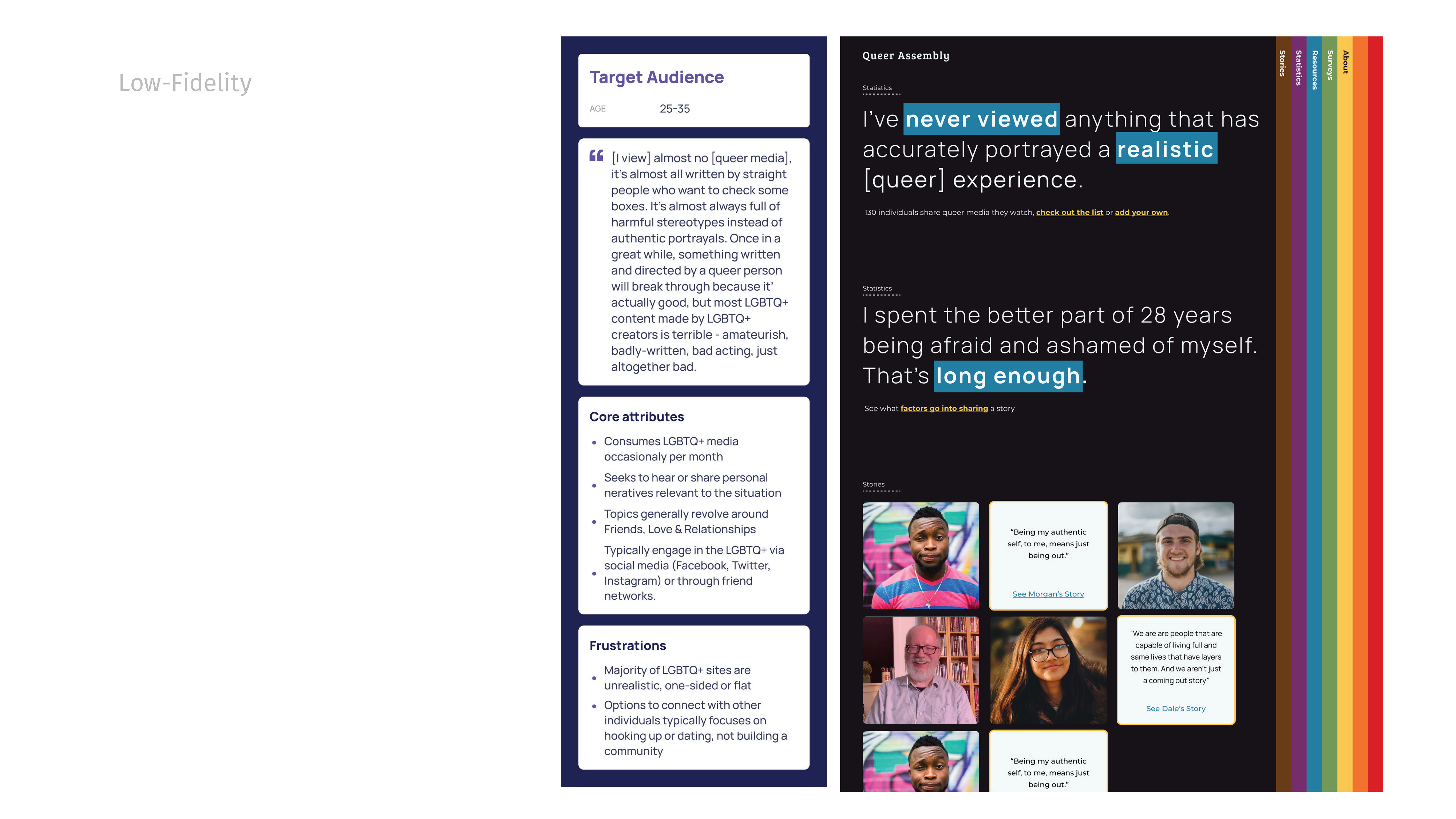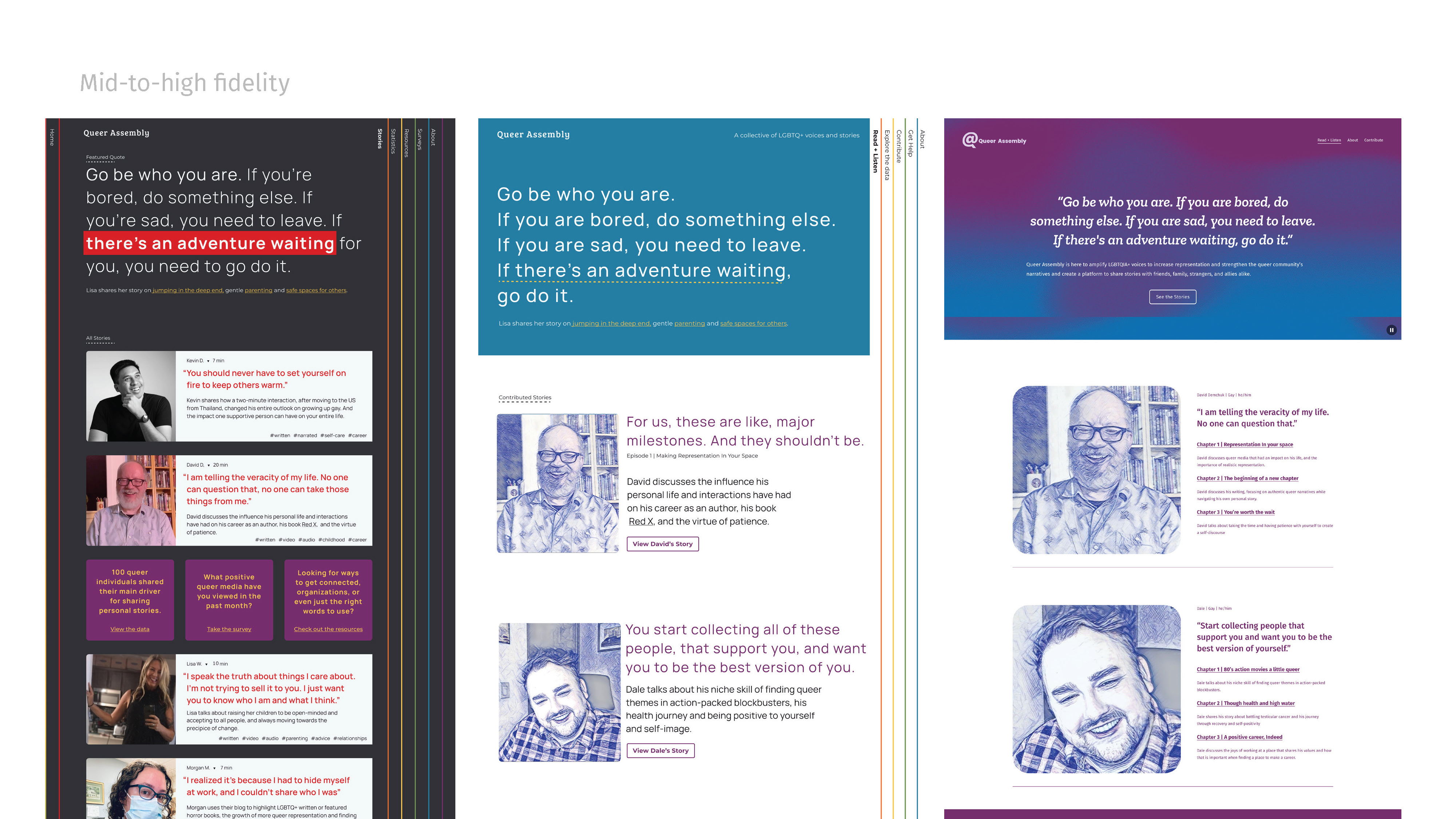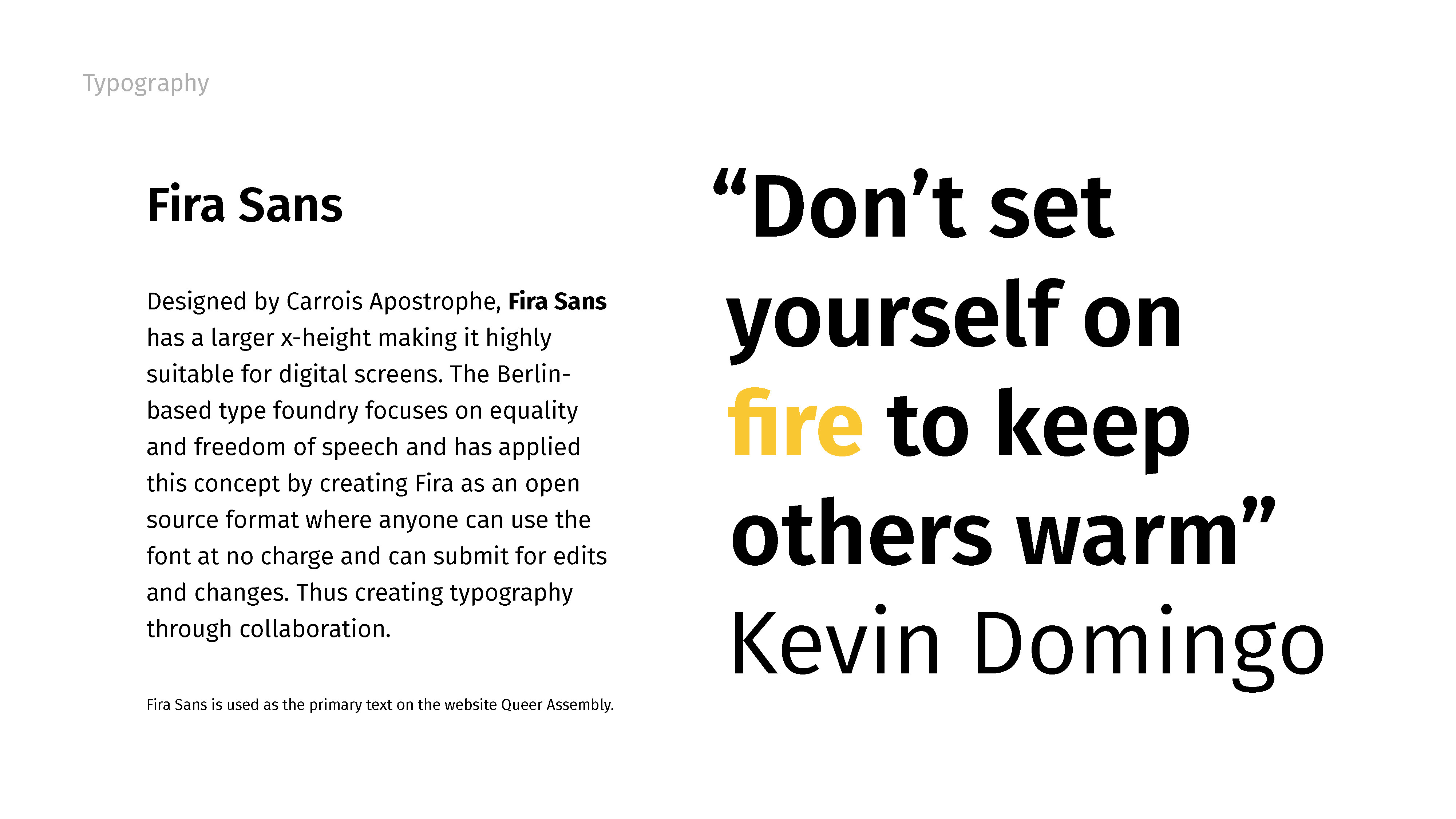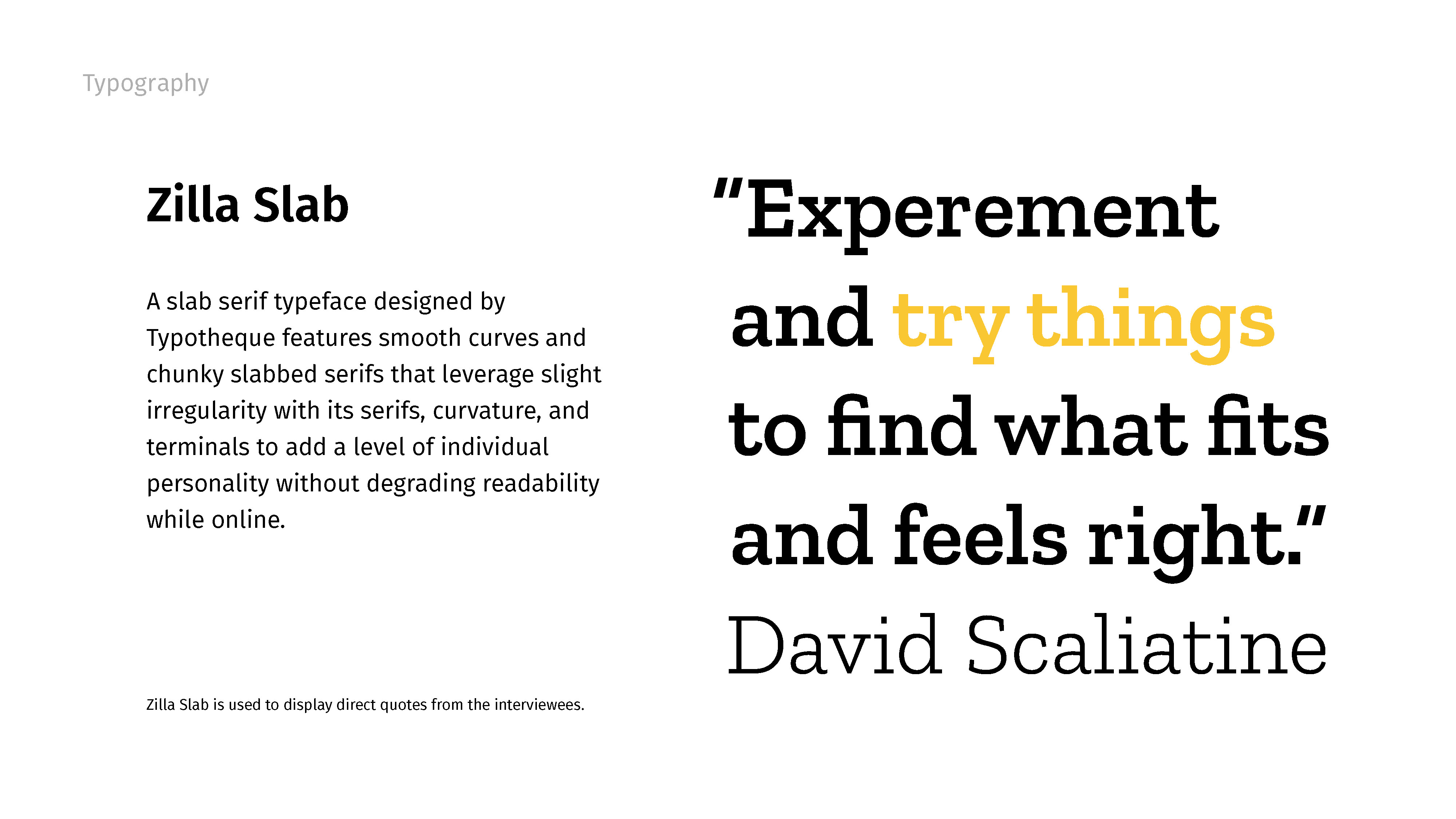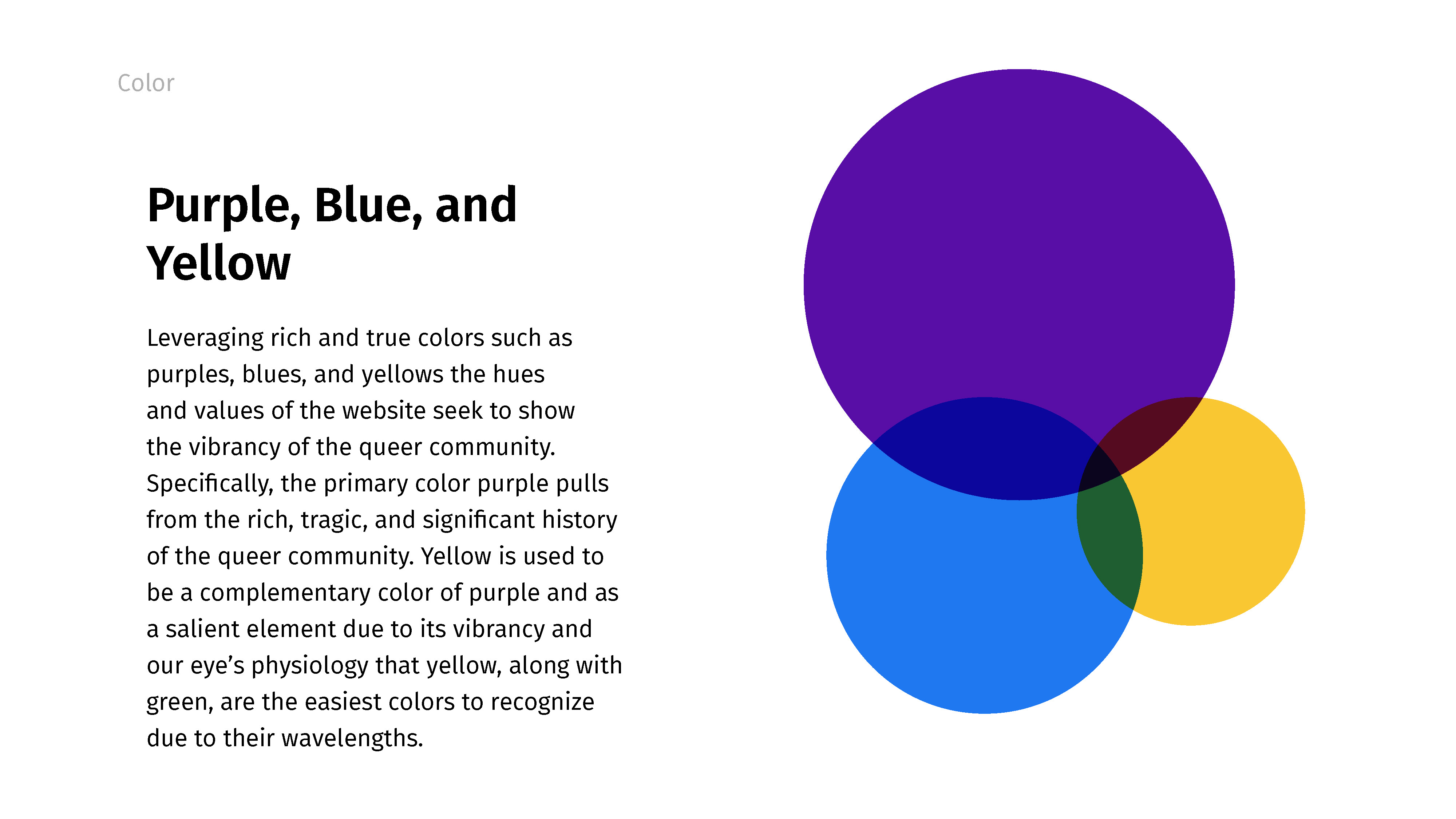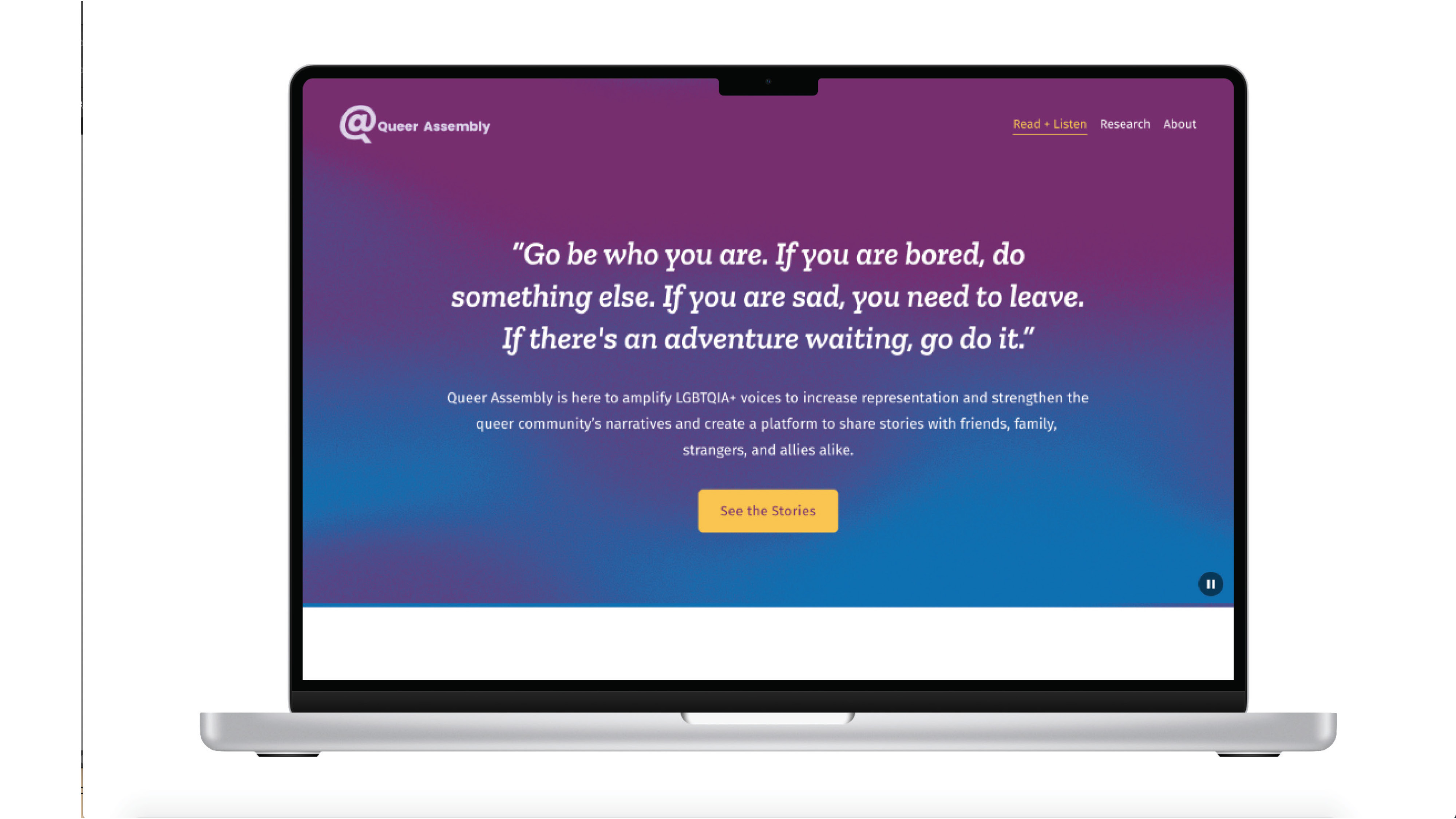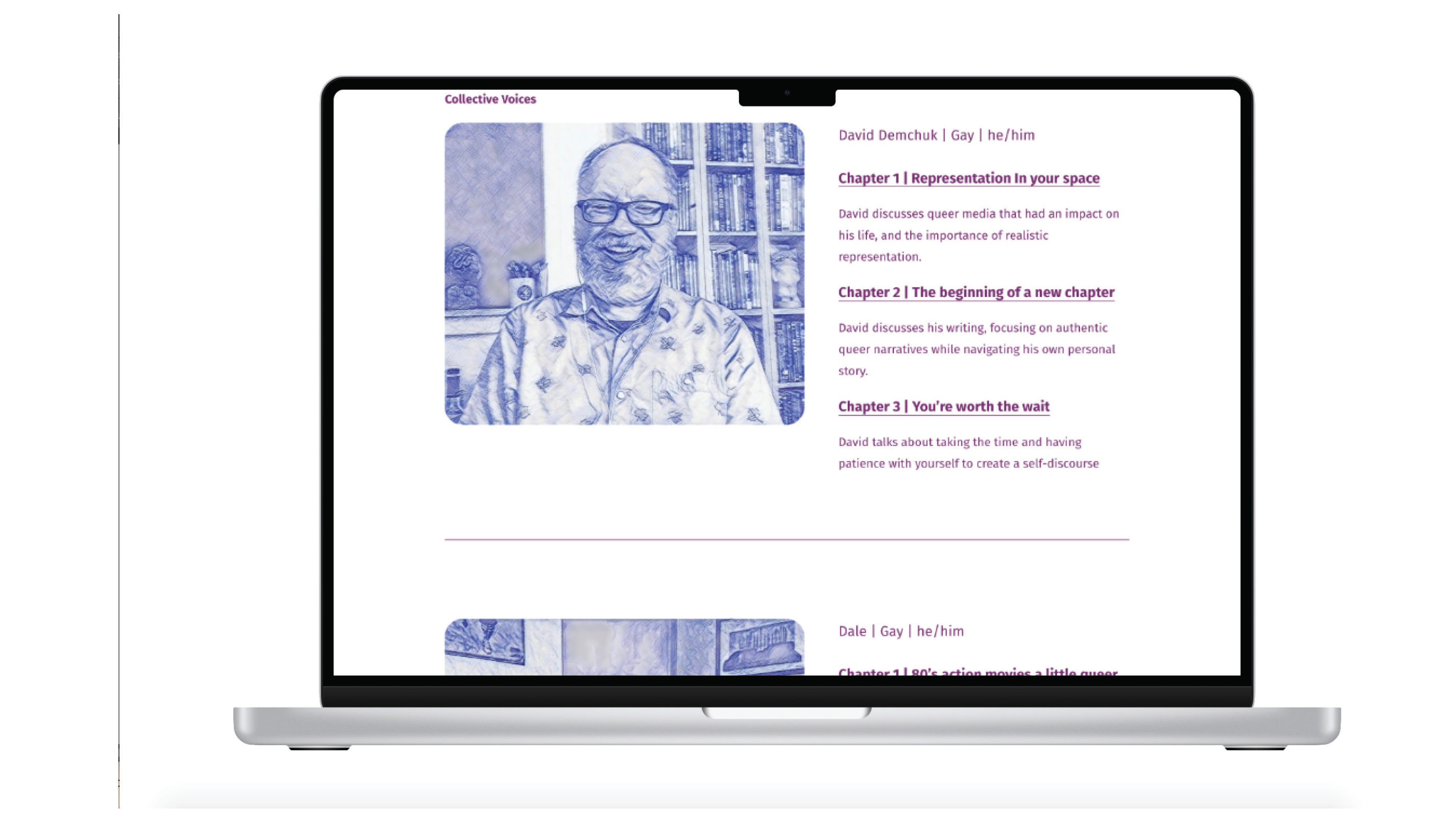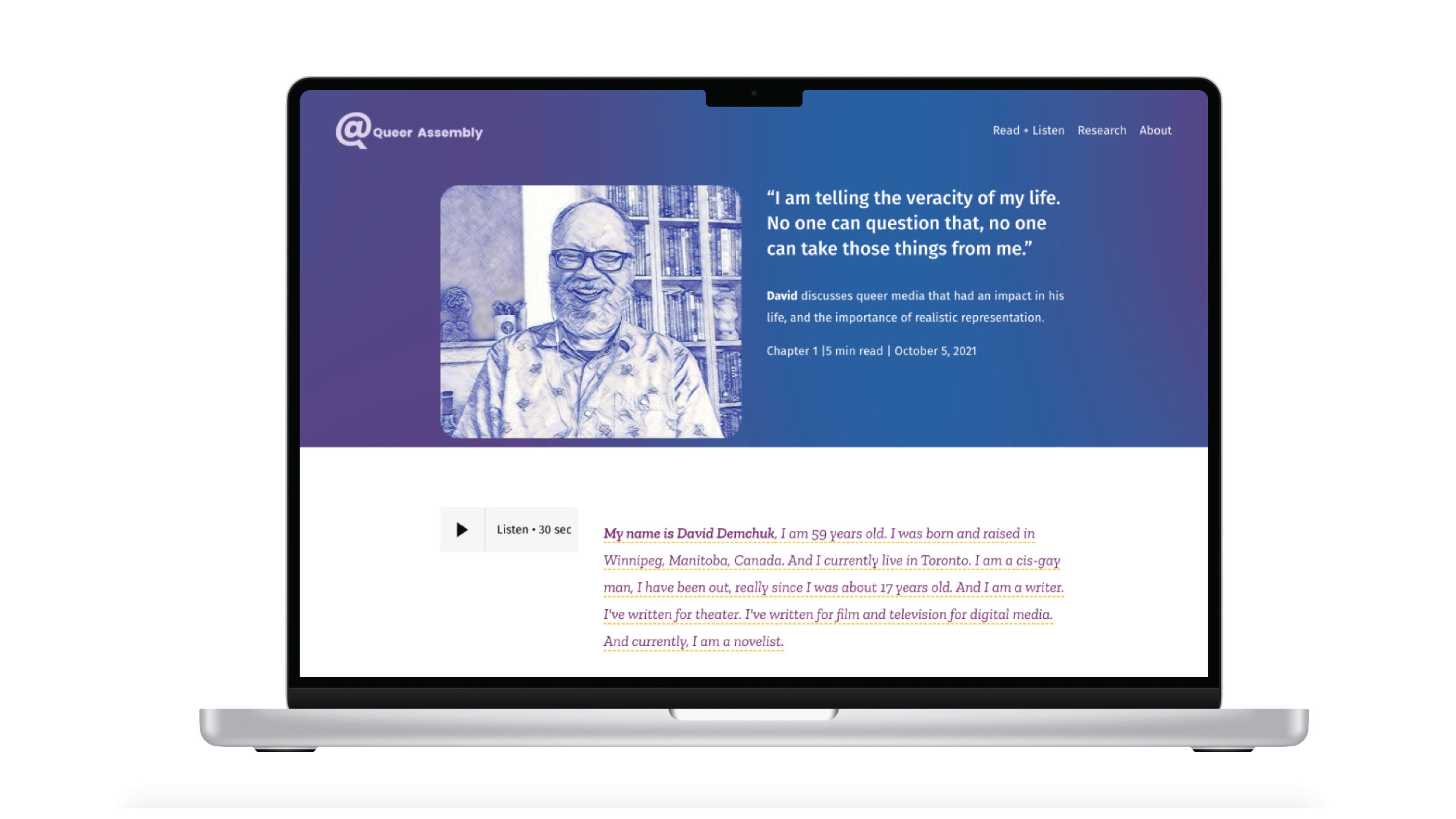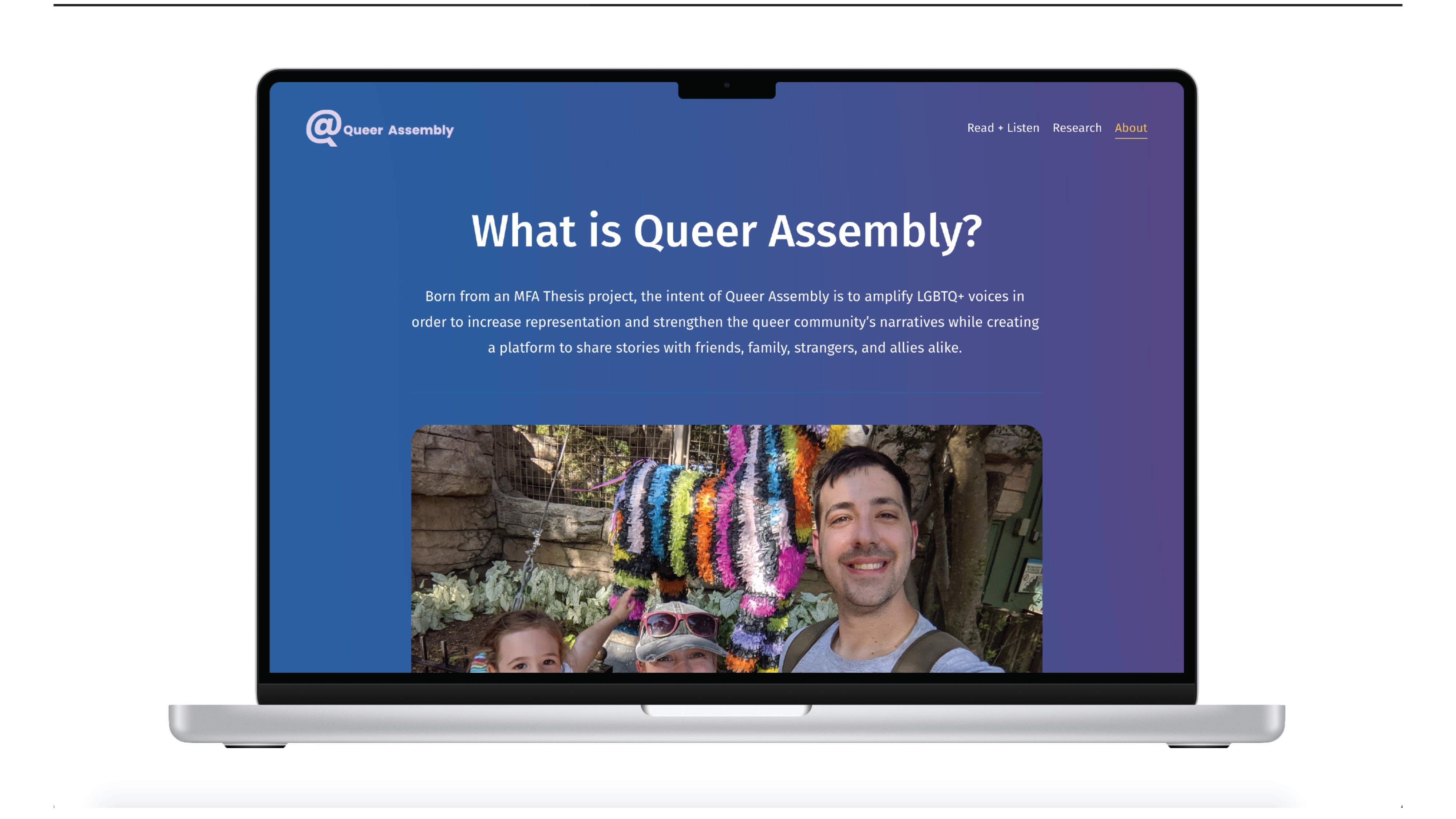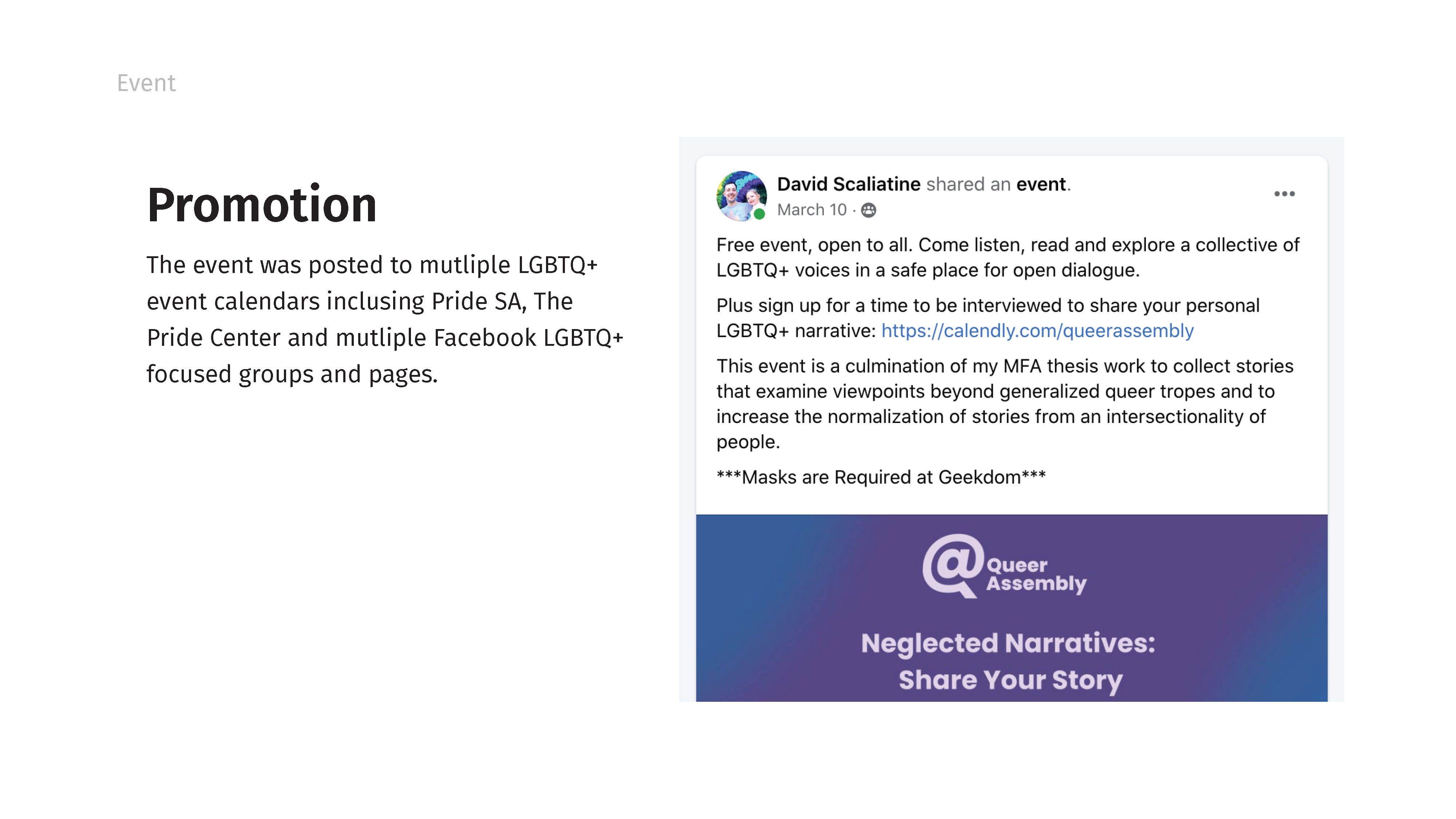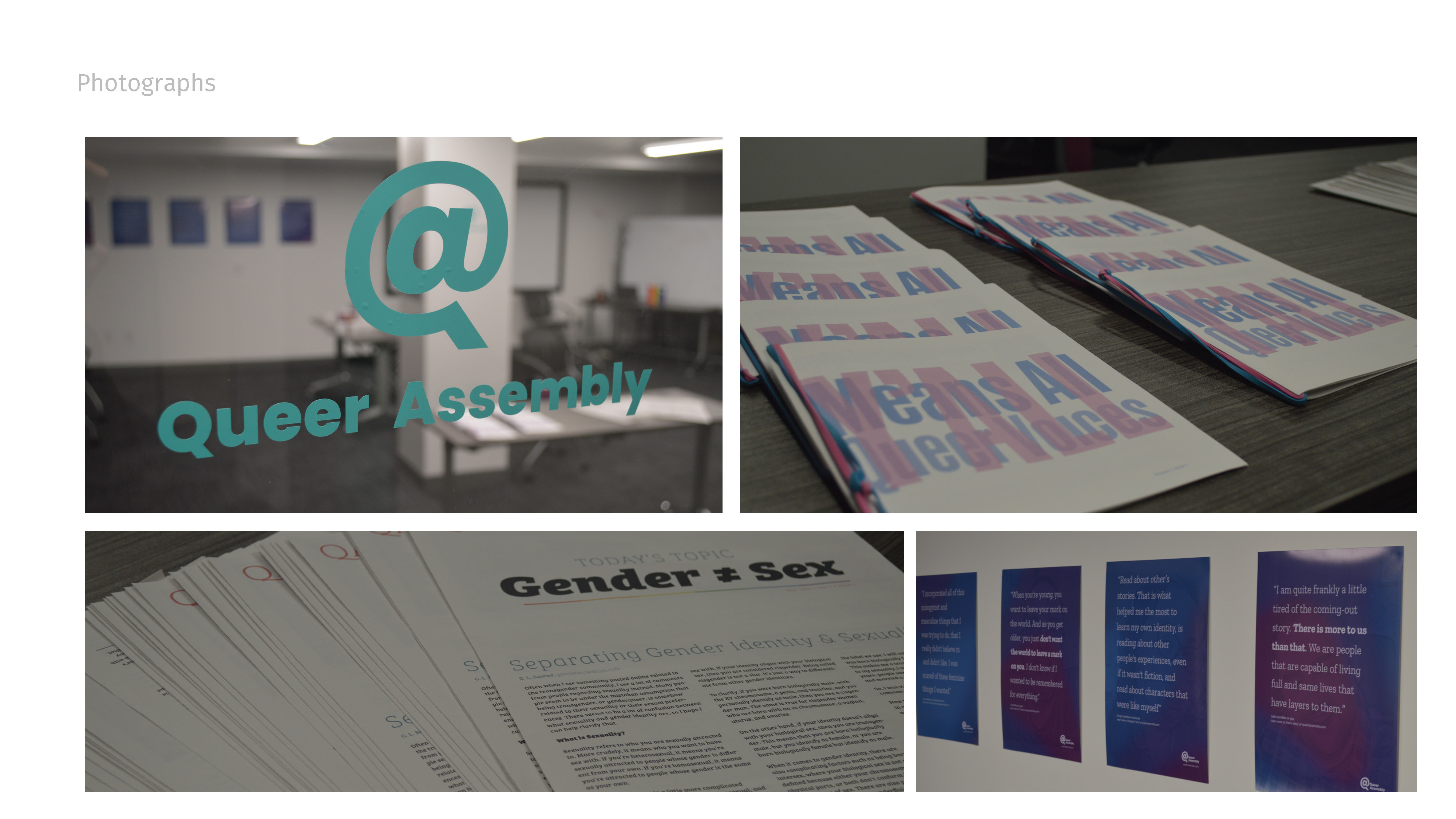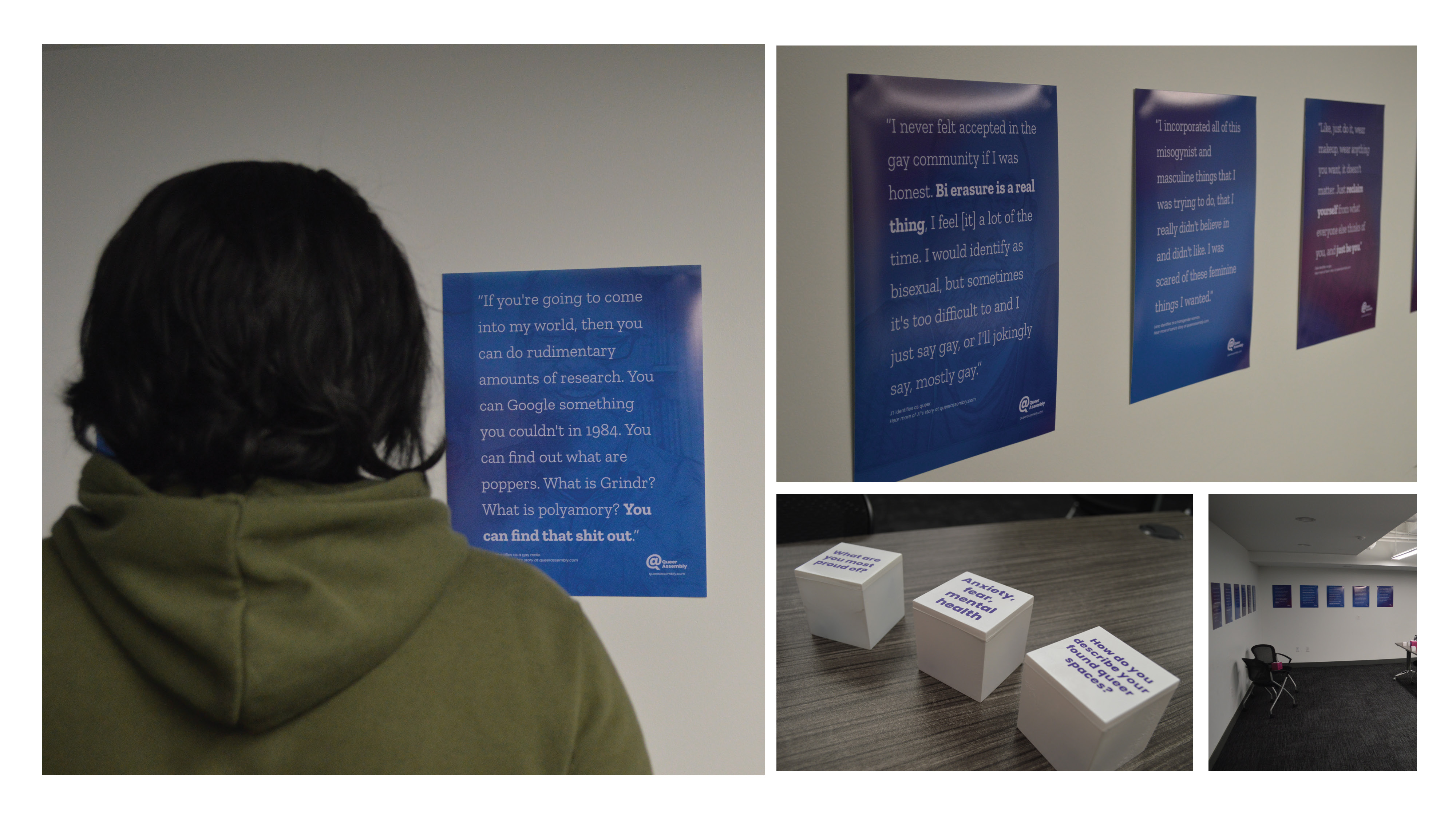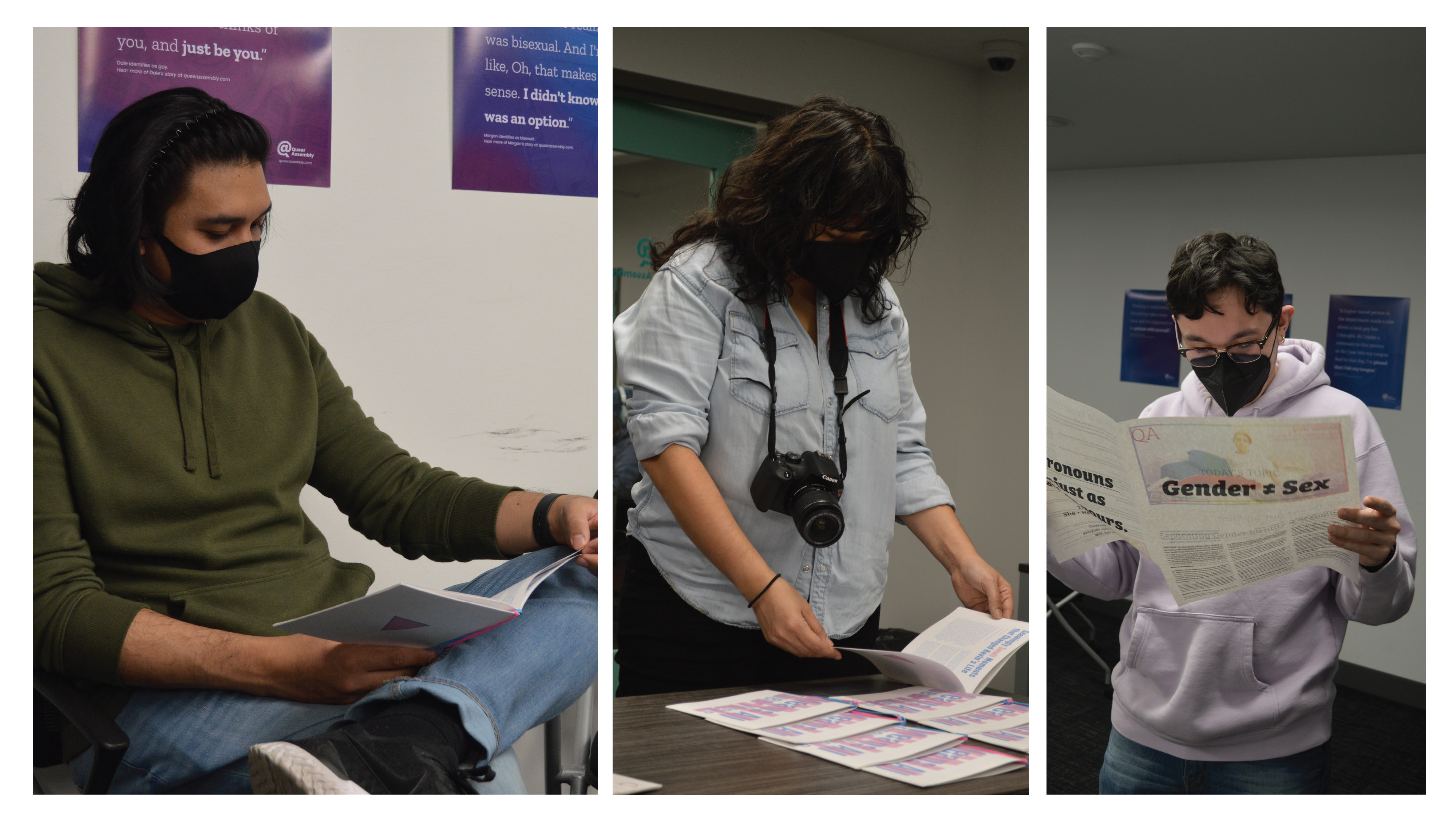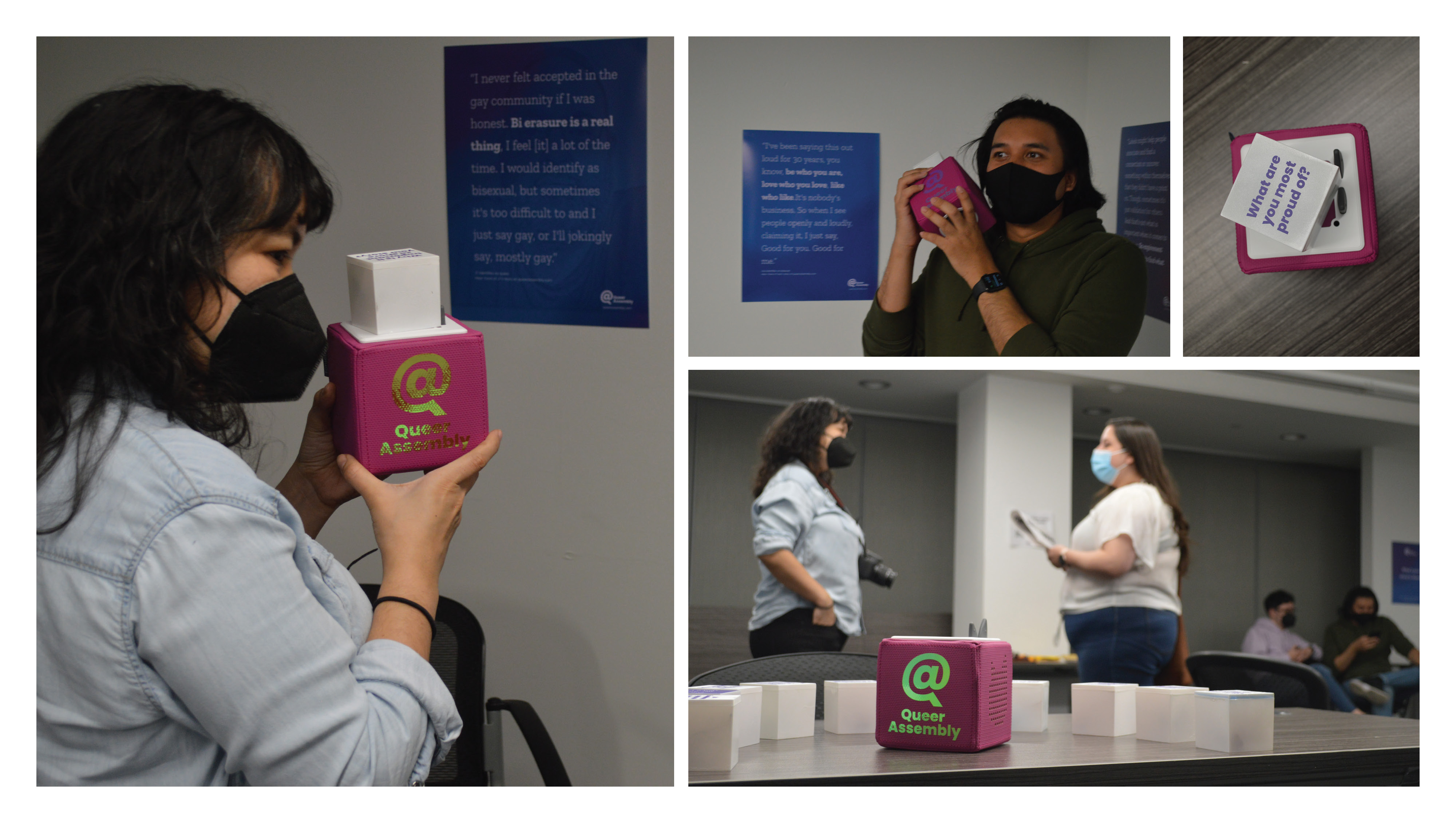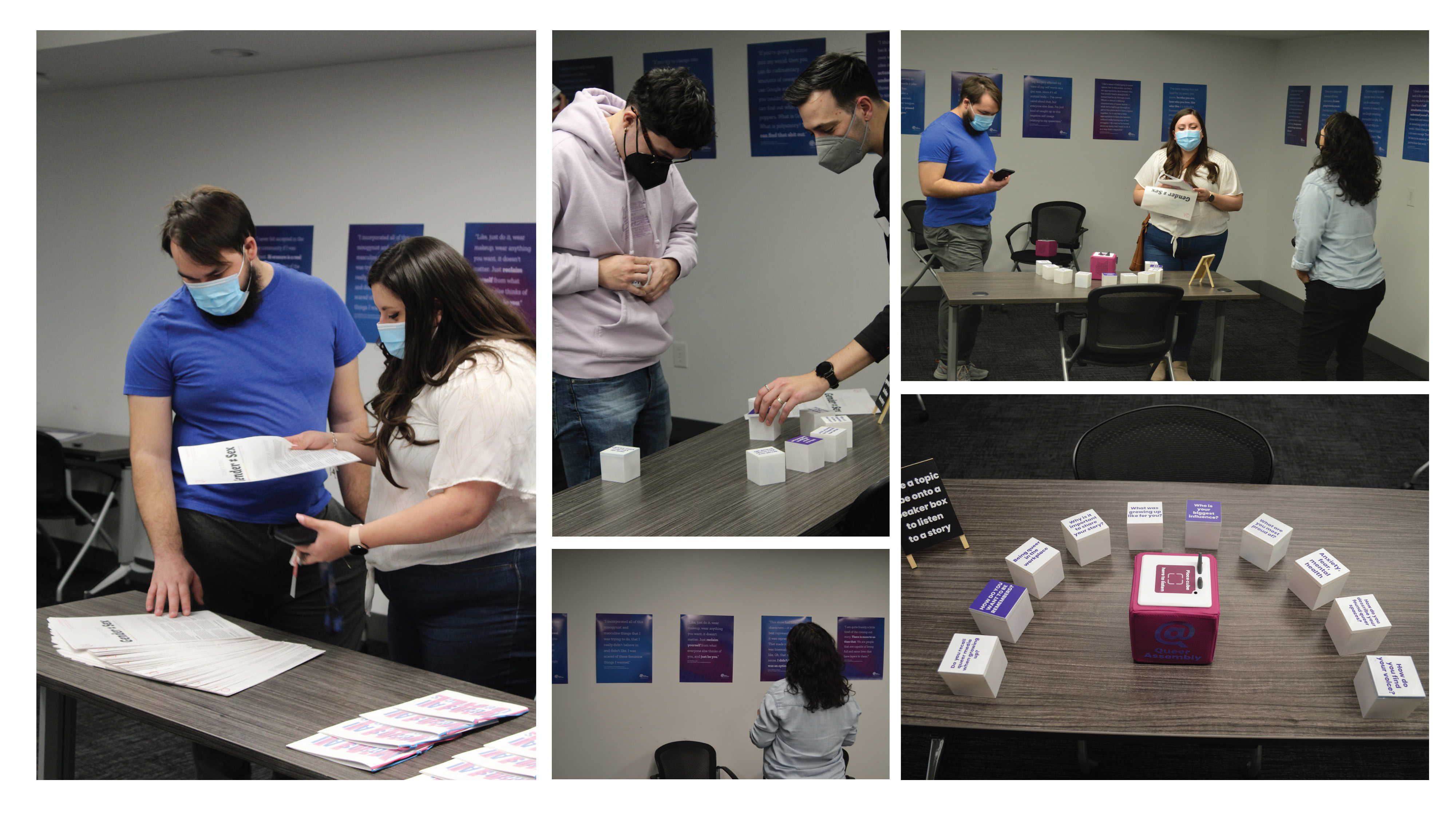

Stories, and specifically as a focus in this thesis, personal narratives, can be so much more than just words shared on a page, bound in books, collecting dust on library shelves. They are vivid memories, lost voices, and epic journeys. A well-timed story can create a movement, quell a storm and spark a revolution. They connect our experiences and become our legacy. When we listen to a story, we build a connection with the storyteller. As their narrative unfolds, a shared understanding is built through learning and establishing our self-conscience to relate to one another. Keen (207) describes this as narrative empathy, which is a pivotal step in understanding someone else’s point-of-view, struggles, and perseverance. When we listen to a poignant story and share it with others, we allow it to be strengthened in our memories and eventually shift our ideals, beliefs, and interactions.
Furthermore, listening to stories from or of people who mirror yourself, experiences and environment can impact your ideals. This can shift who you want to be and how you want to be perceived by others, resulting in an impact on self-esteem (“Erik Erikson: The Search for Self-Identity.”). Our reaction to stories is more than psychological; it is physiological as well. Research shows that the more the listener of a story connects and understands the story from the storyteller’s perspective, the more likely the listener’s brain waves would mirror the person telling the story (Stephens et al.). If stories impact our beliefs and how we relate and connect with others, we must ensure there is a representation of a range of people and experiences.
In mainstream narratives, underserved communities, such as those who identify as queer or LGBTQIA+, can often be regulated to simplified depictions of either negative, non-affirming ways or typical tropes and stereotypes. This absence of fully realized and true representation is often referred to as relative invisibility, in which there may not be a lack of representation in general, there is however, an absence of abundant positive representations (Fryberg and Townsend). In a 2011 study of GLB individuals regarding how media influenced self-realization, respondents frequently requested a desire to see realistic depictions of queer individuals (Gomillion and Giuliano). Arguably realistic is a word that could be interpreted many different ways, yet more often than not these narratives focus on coming out, familial struggles, or the lense of the flamboyant gay friend. While the former of the contexts can be relevant to the queer experience, it is not the only aspect. It fails to showcase an individual as a whole, missing out on building empathy through intersectionality.
Eventually, it results in an incomplete embodiment of the individual and increased difficulty in building narrative empathy. When this happens, it could suggest that queer individuals can be perceived with stigmatization, discrimination, or marginalization from non-queer populations, causing queer storytellers to have a lower perceived value and lower self-esteem. Even from a young age, LGBTQIA+ individuals experience more significant mental health issues than their straight counterparts.
Additionally, in examining longitudinal studies, it has been shown that LGBTQIA+ individuals have lower self-esteem levels (Bridge et al.). And while many different elements factor into these issues, such as familial struggles, religious persecution, discrimination, self-realization, amongst others, it can be extrapolated that overall the cause of low self-esteem is shared experiences unique to this underrepresented group, compared to their straight counterparts. Additionally, trends in lower self-esteem and higher rates of mental health issues, in general, continue to trend significantly higher than other heterosexual groups. This examination provides the preliminary context that underrepresentation of queer stories can be one of the many factors to lower self-esteem and an association with problematic mental wellness.
To capture realistic portrayals of personal moments impacted by queer experiences to showcase the stories on a digital platform to create discourse and interaction between two points in time—from the interviewee and the reader.

